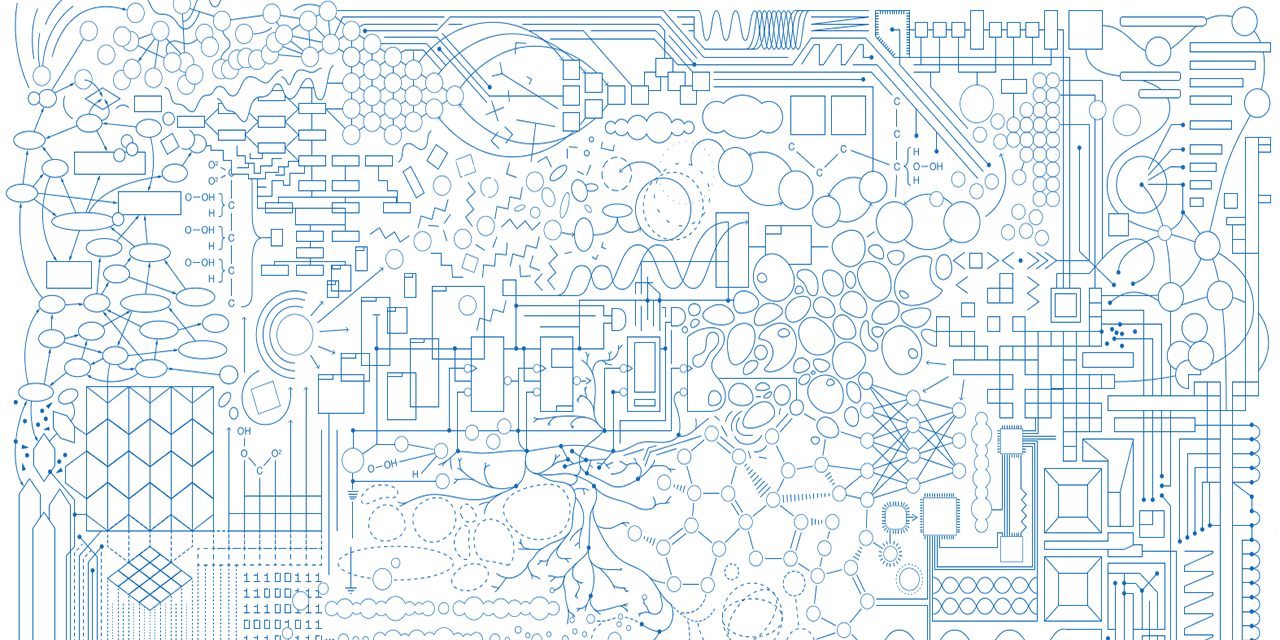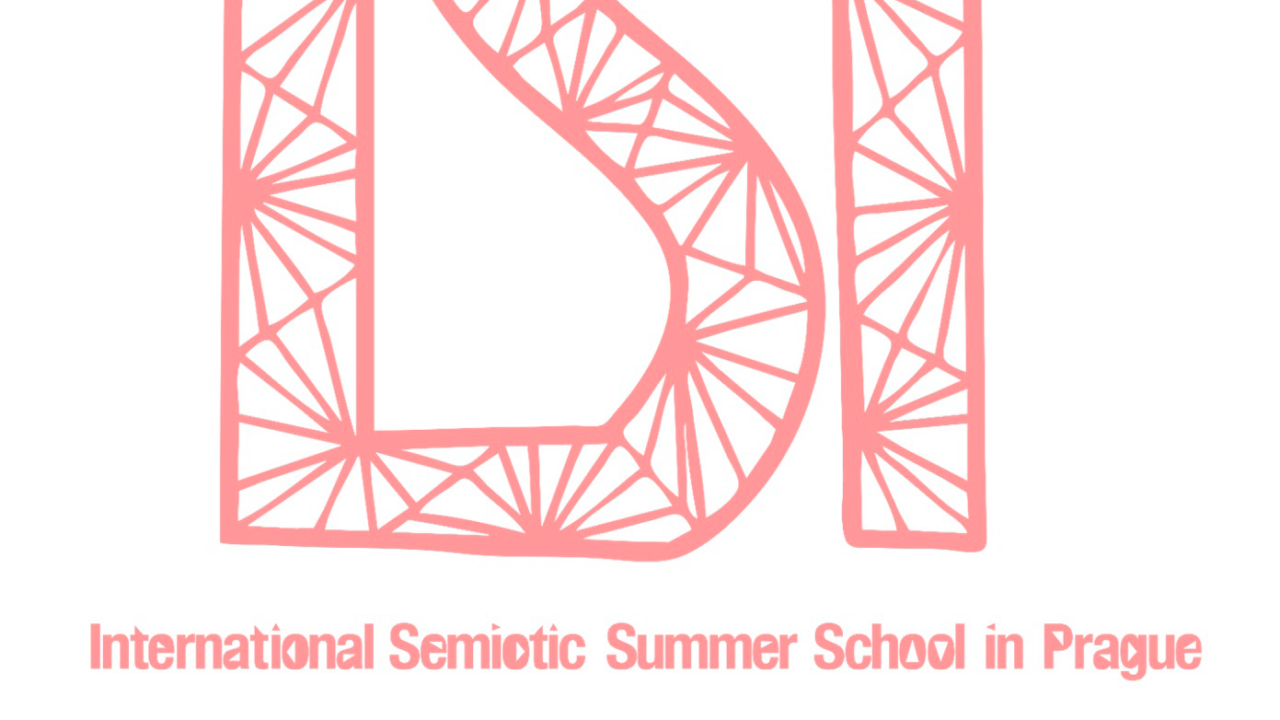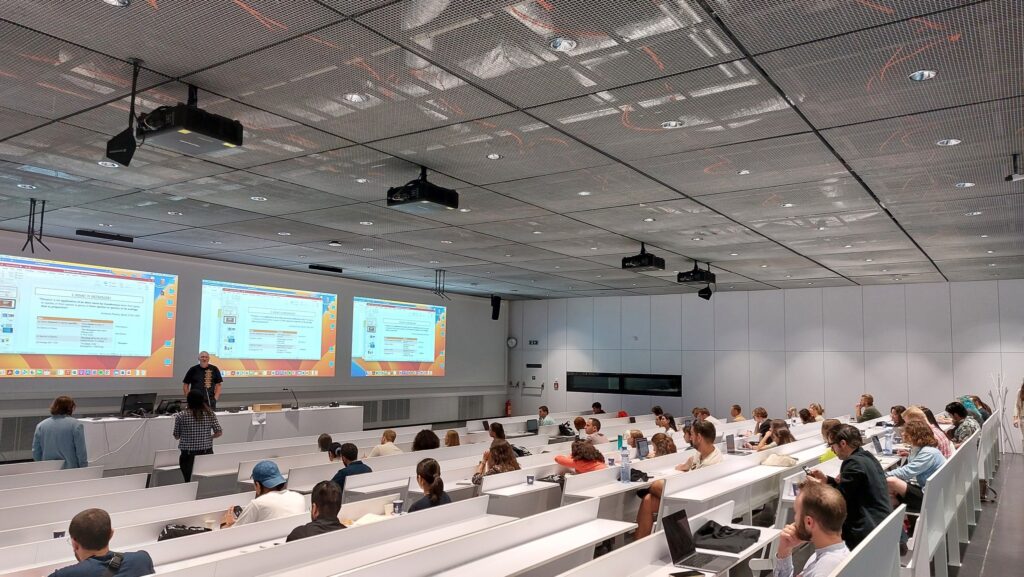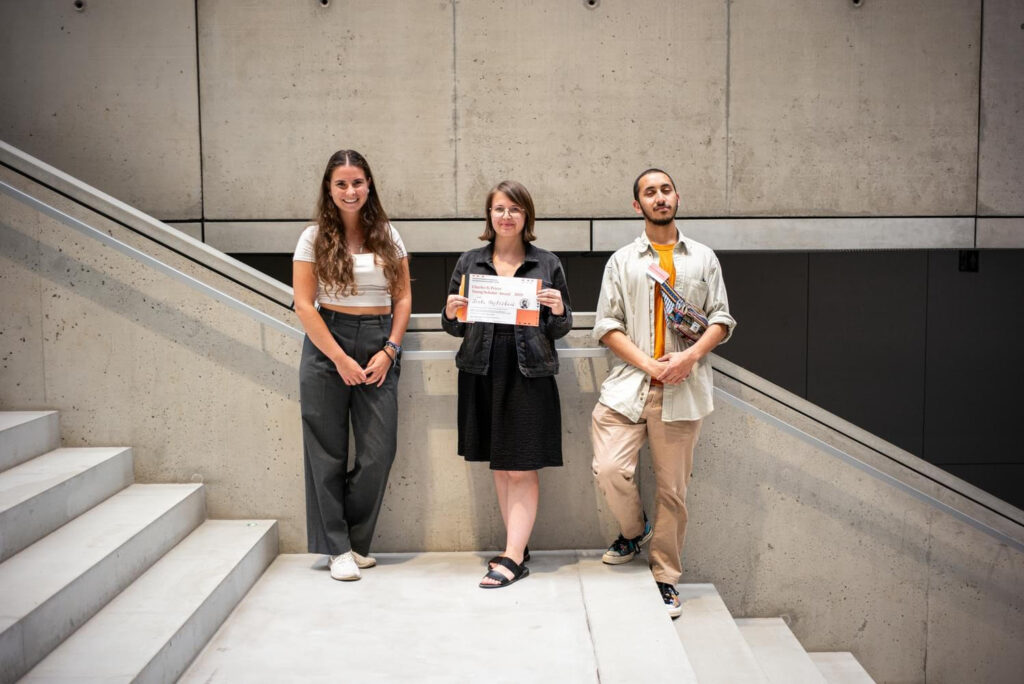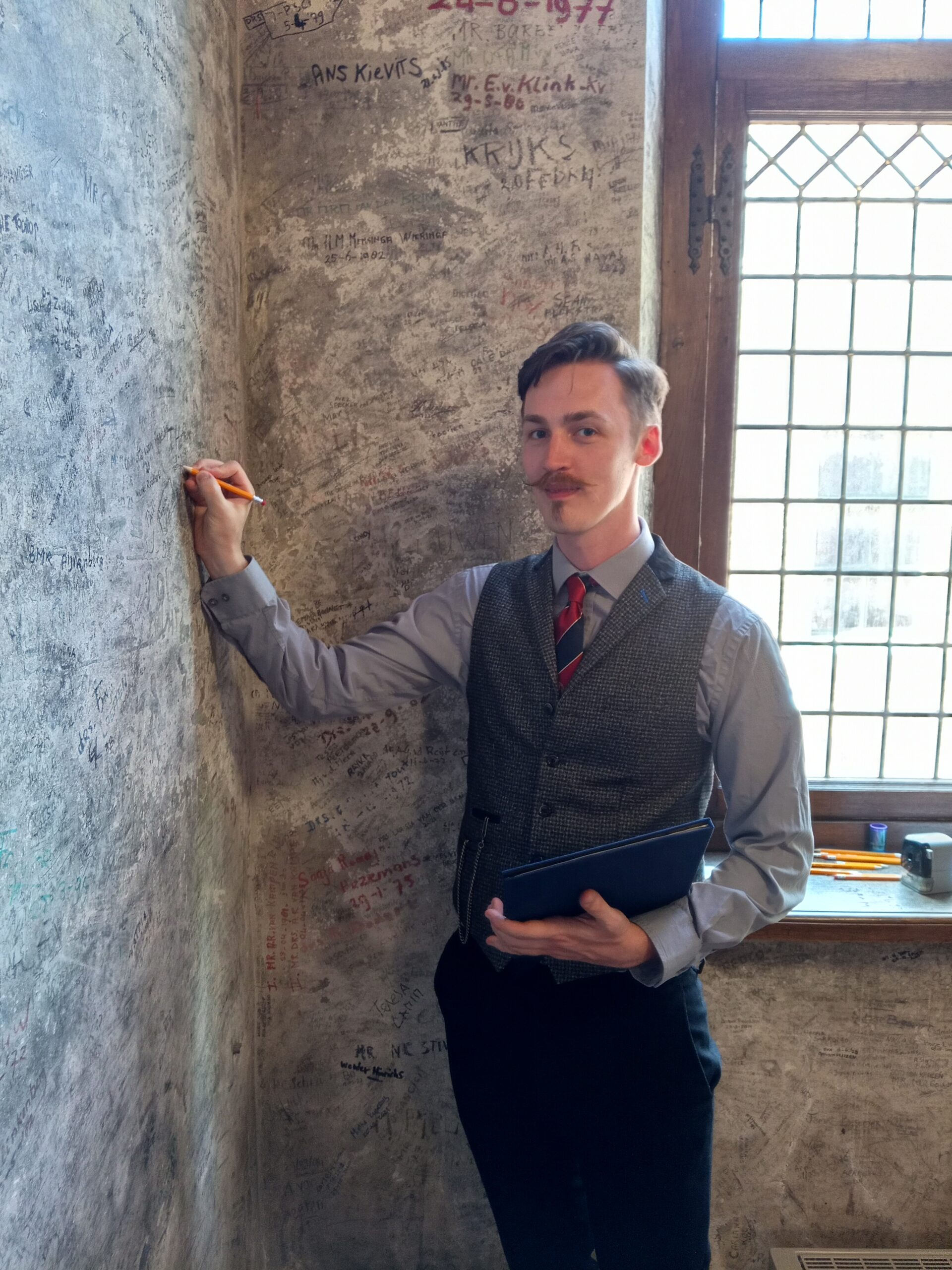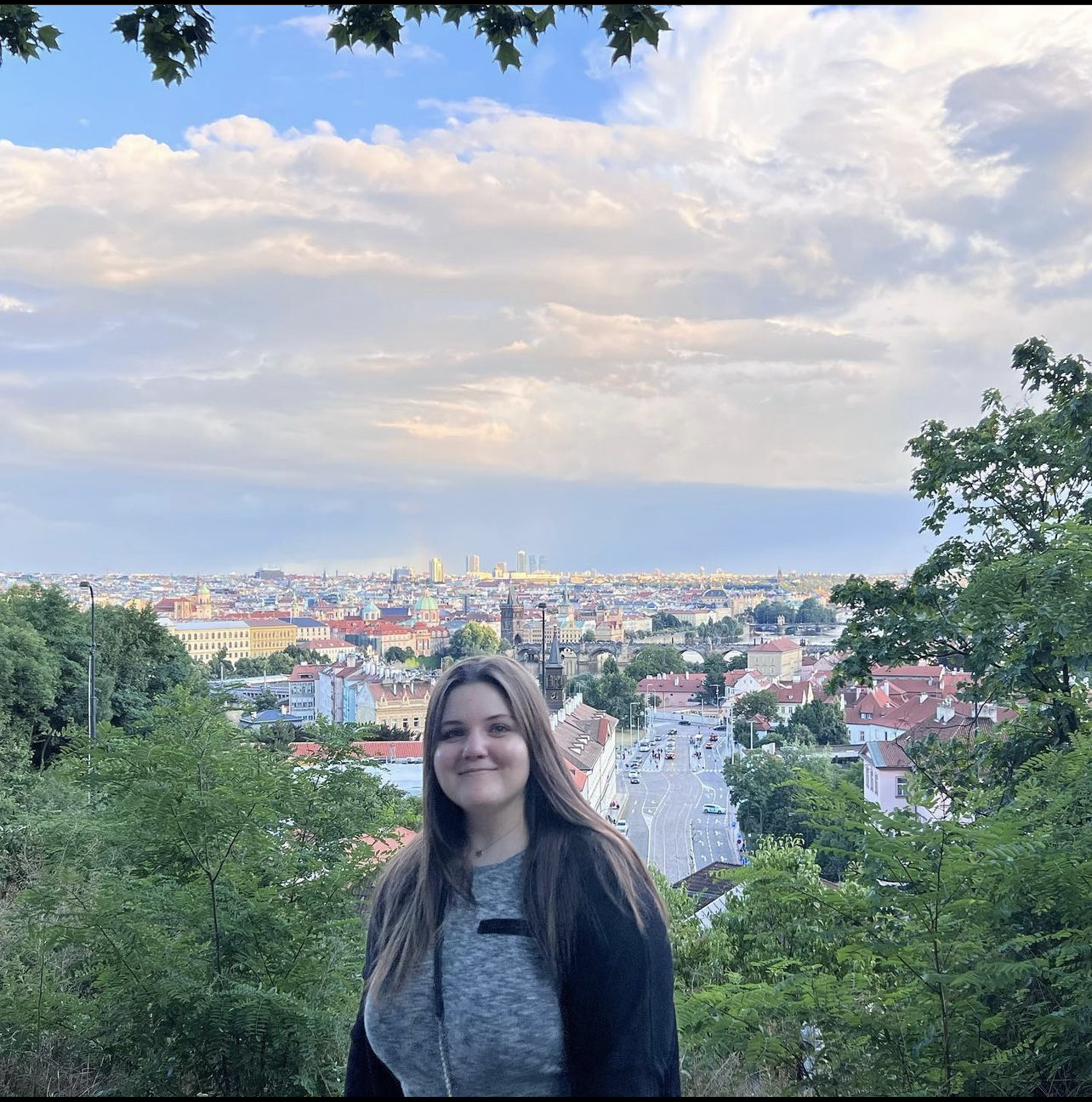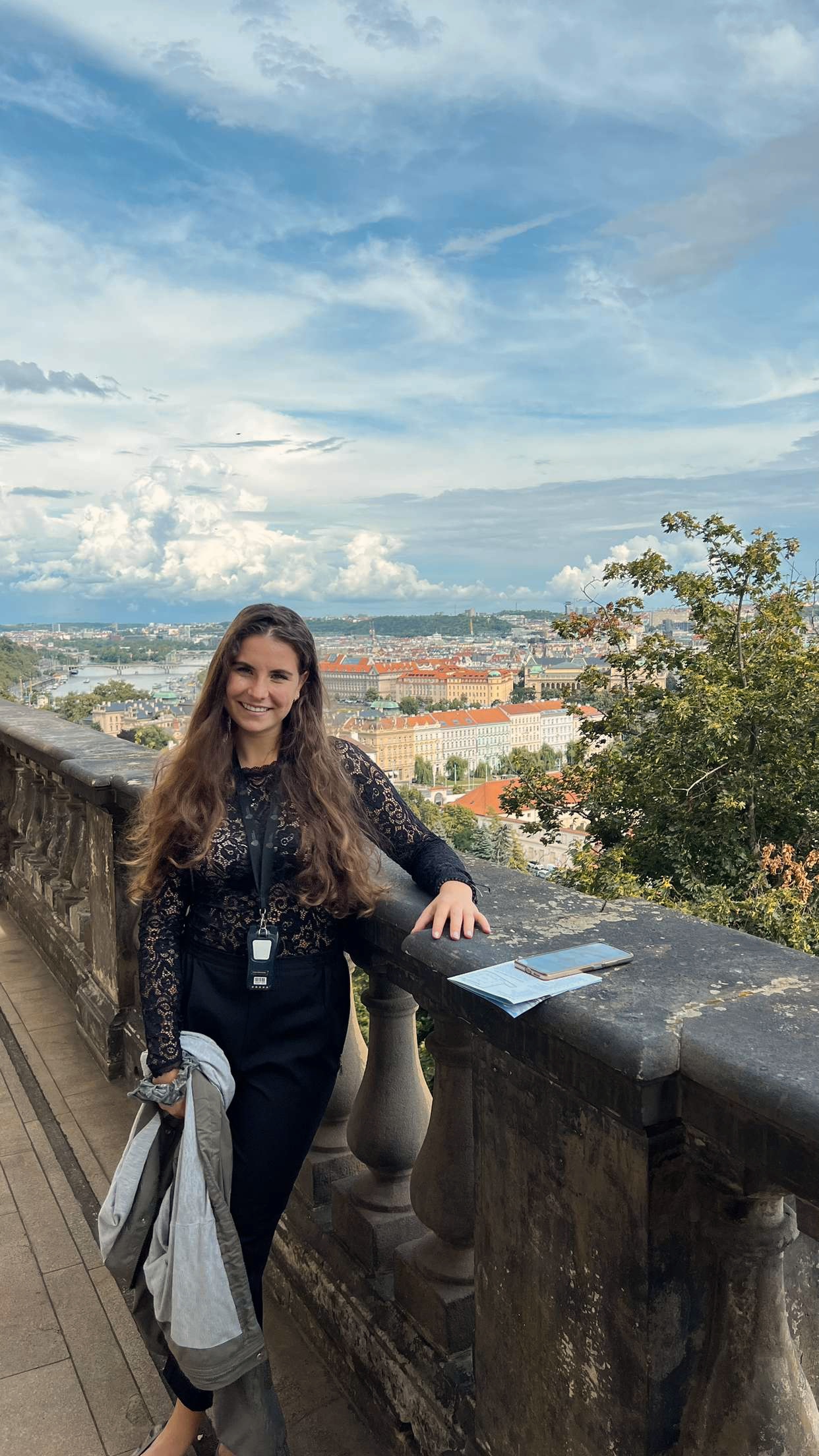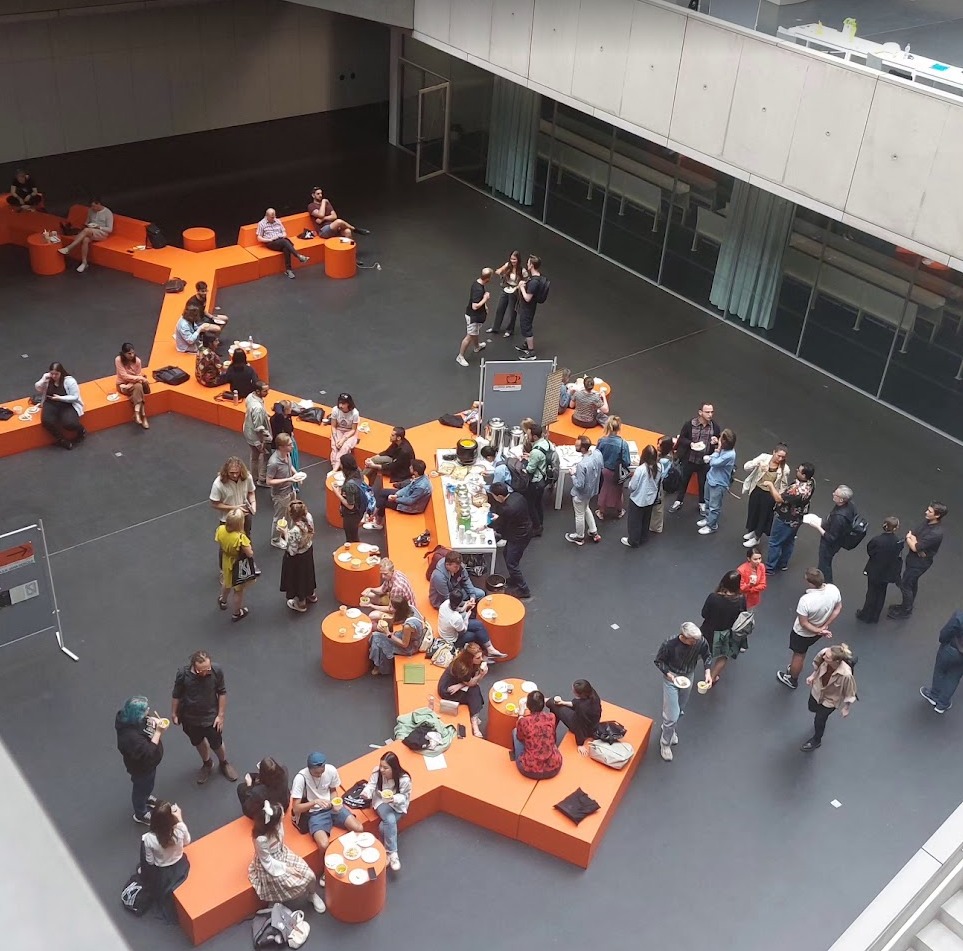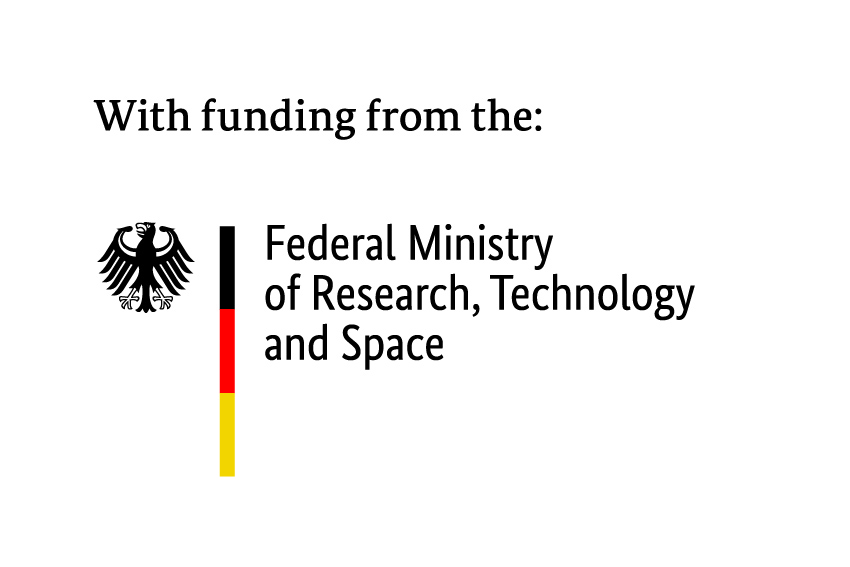Unfelt Threshold: Art Installation at c:o/re

On 30 January 2024, the art installation “Unfelt Threshold” by the Japanese artist Aoi Suwa was opened at the Käte Hamburger Kolleg: Cultures of Research (c:o/re).
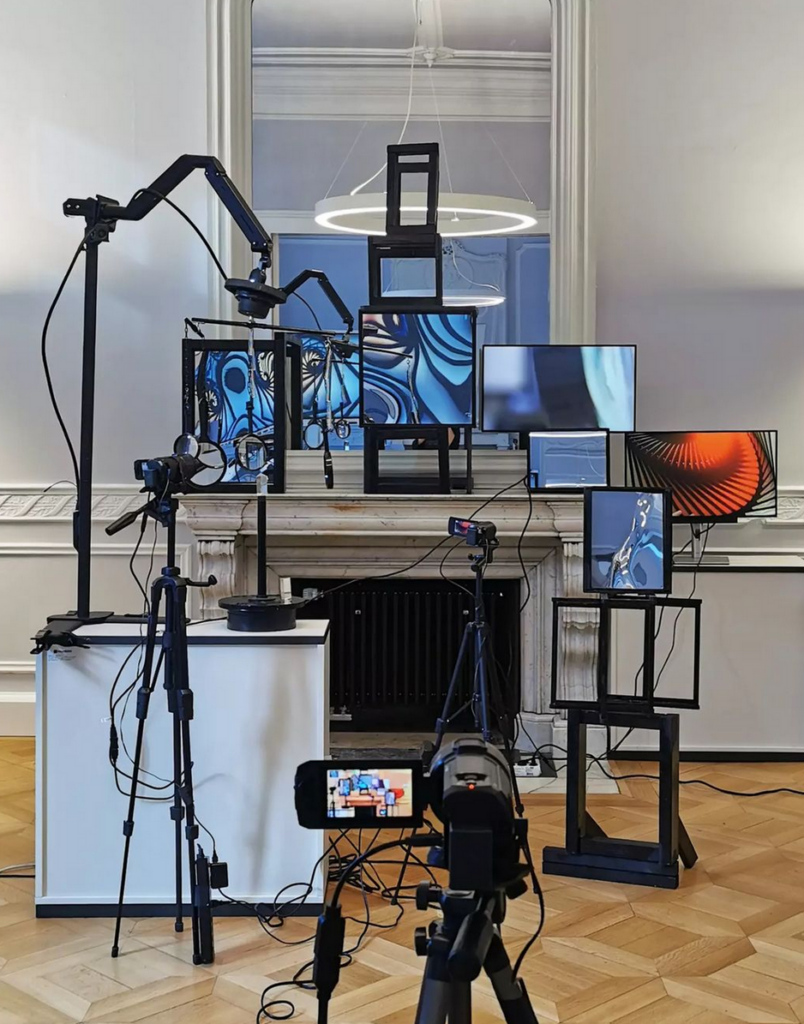
During the live performance of the installation and the following discussion with c:o/re Senior Fellow Masahiko Hara on “Fluctonomous Emergence”, the audience was able to experience how machines react to the unpredictable, unknown behaviour of materials, e.g. changing incidence of light. This is where Masahiko Hara’s research comes in, focusing on the integration of art strategies into science and technology based on the emergent functions of autonomous systems that exhibit fluctuant behaviour.
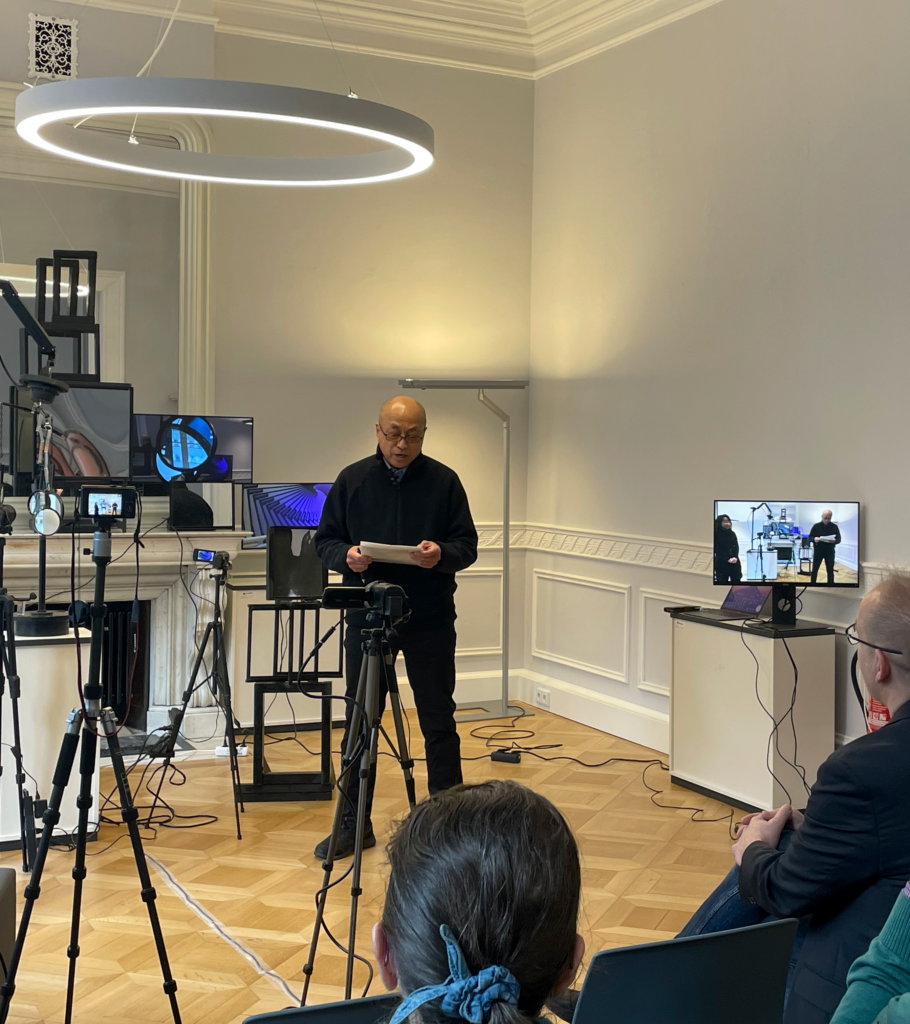
photo by Jana Hambitzer
In her project, Aoi Suwa is indirectly linking together various pieces and exhibits that she has produced over the years. The idea behind it emerged out of the concept of “shiki-iki” (識閾, lit. “threshold of consciousness”), which also informed Shiki-iki (Border, 2011), the first installation that Suwa formally presented to begin her career. Composed of a tank of water partitioned with a piece of clear plastic, the work was activated when the viewer poured ink into the water, producing a dynamic effusion of colour that gradually revealed the presence of the initially imperceptible boundary.
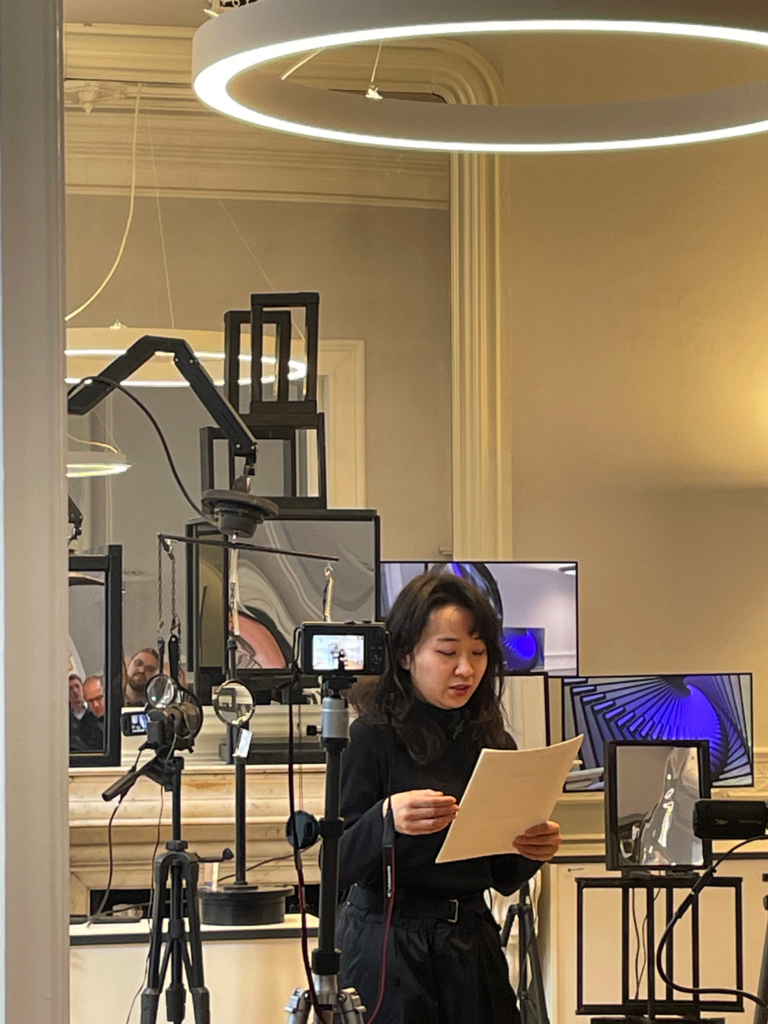
photo by Jana Hambitzer
Suwa has since continued to employ such experimental techniques to create works focused on phenomena that can only be witnessed in situ, developing what could be described as an approach aimed at perceiving thresholds that emerge through the process of traversing back and forth between the realms of the perceivable/imperceivable and conscious/unconscious.
Suwa’s approach can be likened to the way one might attempt to gradually visualize the orbit of a celestial body as it makes its periodic passes or a drawing as it takes shape through the iterative actions of marking and erasing. Through this project, she aims to explore its potential as a way of giving expression to the complexity of our current age, which eludes description in terms of simplistic binaries.
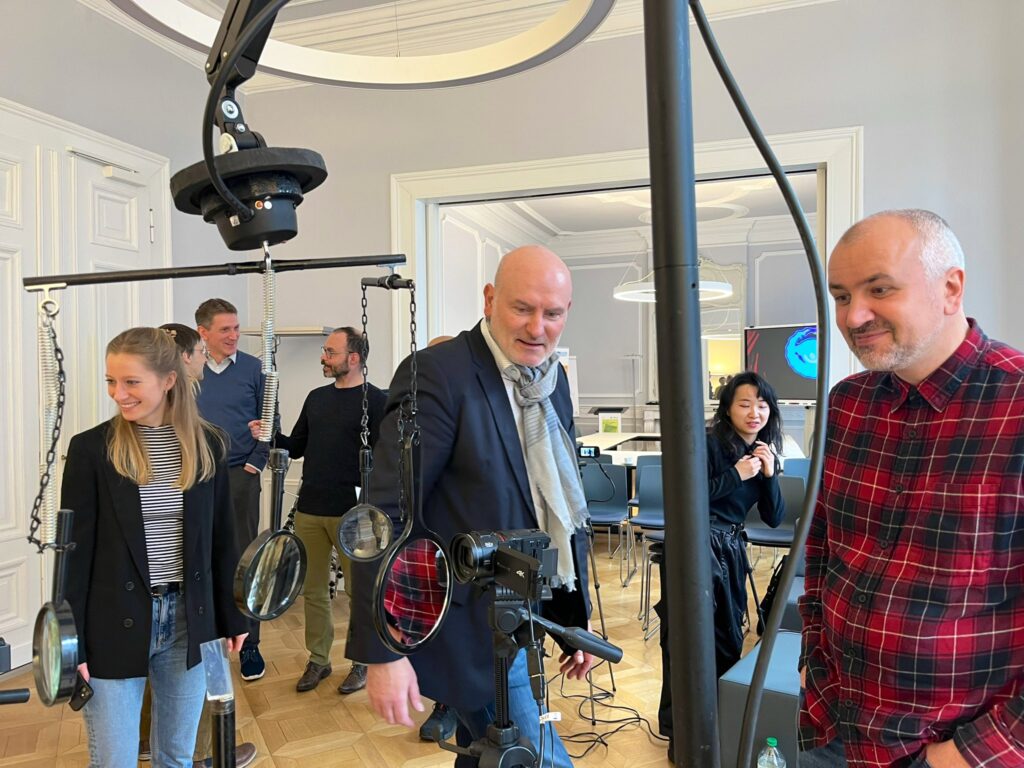
The installation can be viewed until 22 February 2024 by prior registration with events@khk.rwth-aachen.de.
Interview with Aoi Suwa
Could you please introduce yourself?
My name is Aoi Suwa. I come from Japan, Tokyo, I’m an artist and I’m also PhD student in fine arts at Tokyo University of the Arts. I’m mainly focusing on creating installation work like this, and I am also very interested in the relationship between Art and Science.
What is your installation about?
I named this work Patched Phase. It means that if we see something, something is not just one. It’s very complicated. So, we have a consciousness, but consciousness is also like a more complicated structure for me. I wanted to express such a structure. It is invisible, but if I see it, I imagine the subject’s chaotic dynamics shape it.
Where do you take your inspiration from?
My starting point was the elementary school student generation. When I was an elementary school student, I met a science teacher. She is a very nice person, and she showed me very interesting chemical reactions, the liquid colour is changing again and again. I am very surprised and I got some inspiration from chemical reactions.
I often get so many inspirations from chemical phenomena, natural phenomena in science fields. I very like science, but I mean, I want to see science. It’s very difficult to explain. But, this is the important thing. Of course, I want to understand science, but not only this, I want to feel science. So that’s why I often get some new inspiration from natural phenomena.
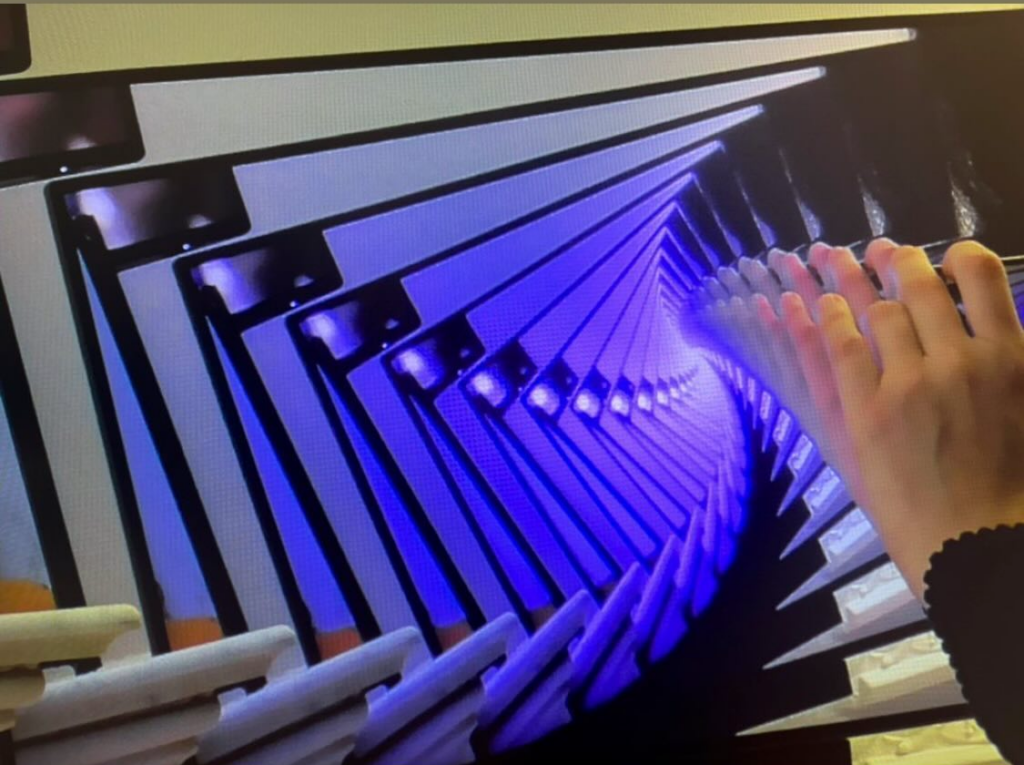
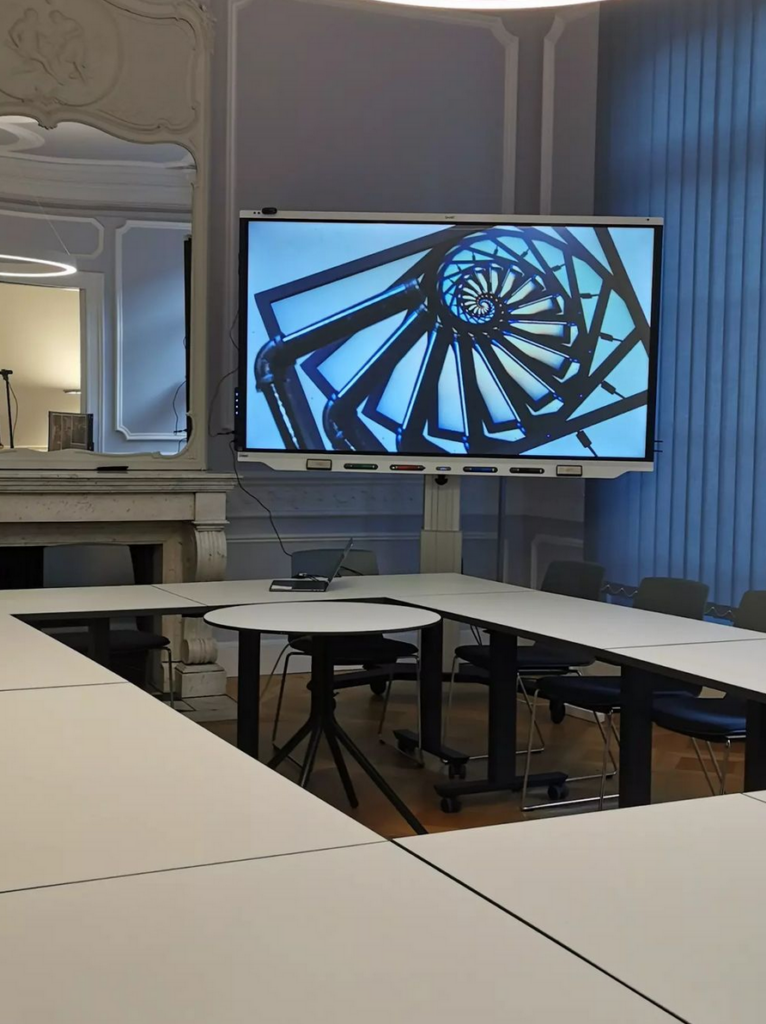
Marketplace Engineers at Work: How Dynamic Airline Ticket Pricing Came into Being

GUILLAUME YON
If you have recently been online looking up for flights, you may have noticed that prices for airfares are always in flux. But what online shoppers usually do not know is that these dynamic price changes are enabled by large and intricate technological systems powered by cutting-edge science and technology.
These systems were first deployed by airlines in the United States in the 1980s. Up until today, they have been an object of intense scientific and technological research and development. When deploying such systems in airlines at scale, engineers and scientists blend statistics and probabilities, mathematical optimization, computer science, and economics, all this to implement sophisticated business strategies.
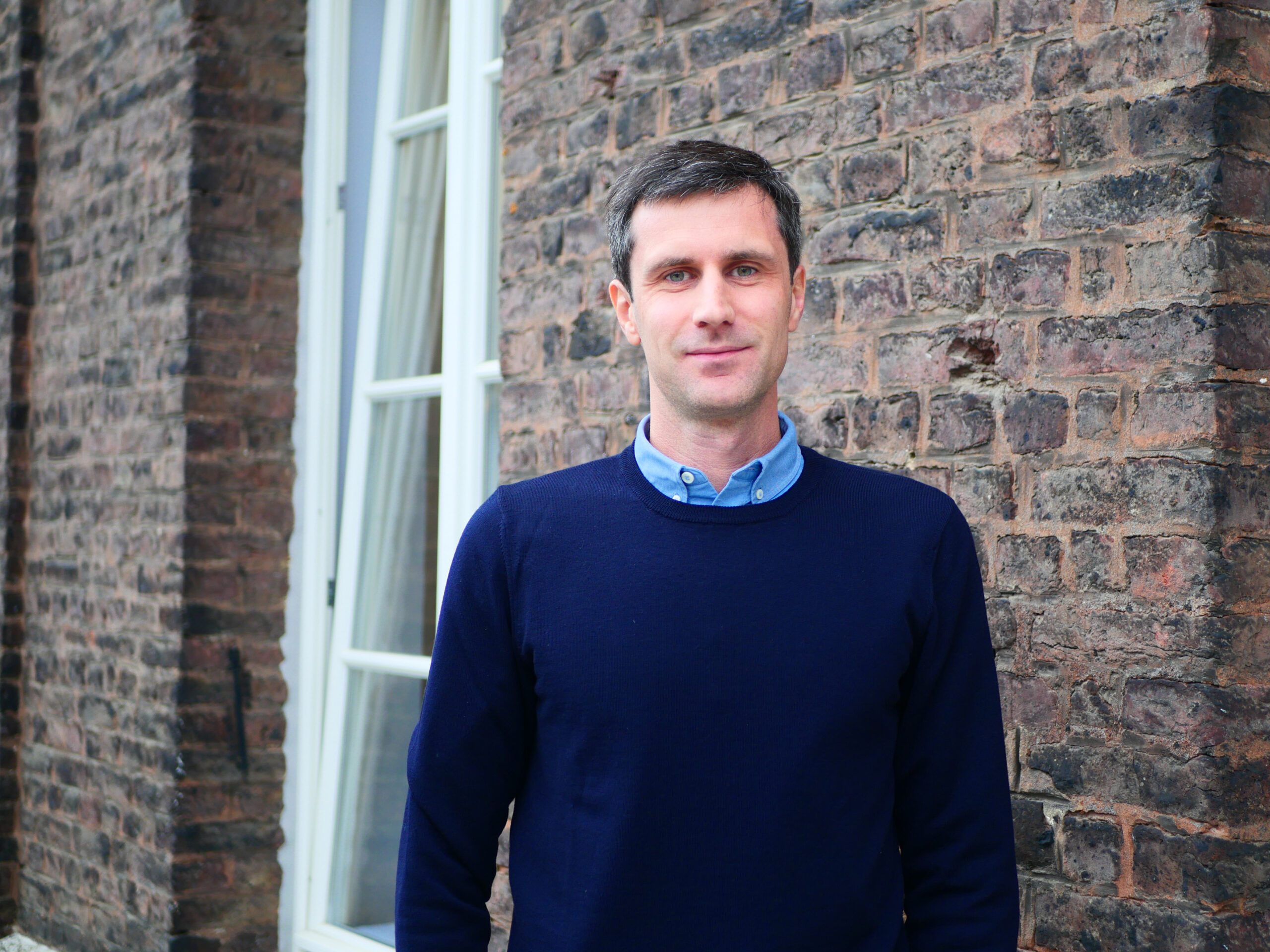
Dr. Guillaume Yon
Guillaume Yon is a historian of economics, who researches and teaches how the ideas that shaped our economic thinking emerged. He is particularly interested in the economic knowledge produced by engineers working in industry.
In the talk I delivered at the Käte Hamburger Kolleg ‘Cultures of Research’ on December 13th, I focused on what is often considered as the first of these systems: DINAMO. DINAMO stands for dynamic inventory and maintenance optimizer. It was developed at American Airlines and was fully operational in 1988. Similar systems were implemented at other major airlines in the United States around the same time, and these systems came to be known to specialists as ‘revenue management’ systems.
What was the problem that American Airlines’ engineers had to solve? As the airline industry was being deregulated in the U.S. (a process completed in 1978), American Airlines’ marketing department came up with a new strategy, which had two connected components.
The idea was to offer multiple price points for the same seats in the same class of service on the same flight. At the time, aircrafts had two classes of service, first and coach. Coach was the second class and main cabin, as in trains in Europe these days, and less like today’s economy seats in airplanes. In coach, American Airlines’ flights were regularly departing half-empty, hence the idea, in order to fill up these empty seats and avoid the associated loss in revenue, to stimulate a new demand, coming from people travelling for leisure. Before deregulation, air travel was a luxury product, and American Airlines was not alone in thinking that there was an untapped and potentially huge new market out there: middle-class families going on vacation, college students coming back home, young couples going away for the weekend, senior citizens visiting their children and grandchildren. However, these new leisure travelers were price sensitive, hence the need for a price discount to attract them, and fill the empty seats.
The second component was to prevent American Airlines’ already existing business customers, who travelled in coach too, from buying at the discounted price. Business customers were less price sensitive than the new leisure travelers, as they traveled on company money. They were willing to pay more for the same seat in coach. If business customers could buy the discounted fare, the new strategy would only result in a new source of revenue loss, this time from the business travelers’ side. American Airlines’ marketing department came up with the idea to tie the discounted prices to restrictions. For instance, American Airlines Ultimate Super Saver, a fare launched in 1985, was cheaper than the full fare for the same seats in coach. However, it was available only up to 30-days before departure (the so-called ‘advance purchase requirement’), had a steep cancellation fee, and was available only to those buying a round trip ticket with a Saturday night stay. Business travelers could not abide to those restrictions. They tended to book later and wanted to spend the weekends with their families. Therefore, even though discounted fares were available for a flight, business travelers would carry on buying at a higher price the seats on the same flight.
The outcome of American Airlines’ new pricing strategy was that for a given flight – from A to B, with a given departure date in the future – the seats in coach were offered at different prices with different restrictions (the lower the price, the more stringent the restrictions). These different ‘fare classes’ were available for sale at the same time. This new marketing strategy was a tremendous success for American Airlines, and it played an important role in turning air travel into mass transportation.
This tremendous success from a revenue perspective turned into a nightmare from a business process perspective. At American Airlines, hundreds of new revenue management analysts were hired, and they were struggling. Each revenue management analyst had a set of flights to manage. They needed to decide, for each flight, how many seats should be made available for sale in each fare class in order to obtain, at the flight departure, the mix of passengers which maximizes revenue. That decision needed to be made at first a year before departure, when the flight opened for booking. In the mid-1980s, there were at least three different fare classes in coach (the full fare, the Ultimate Super Saver, and a Super Saver in between), in addition to the first class, on each flight. Worse, American Airlines re-organized its network after deregulation as a hub-and-spoke, in order to efficiently serve more destinations domestically and internationally. Each path in the network with a connection at the hub also had at least three fare products in coach. For the local traffic, if the analyst allocated too many seats to the lowest fares, it could displace high paying business travelers. But allocating too few seats to the lowest fares could mean departing with empty seats, if high paying demand did not materialize late in the booking process. Simultaneously, for the same flight, the analysts needed to decide what the revenue maximizing mix of local and connecting traffic was. Was it best to have one more seat protected for a high paying business passenger on that flight, or have one more discounted passenger on the same seat but with a connection to a long-haul expensive flight? It depended on the price each of those two passengers paid, the likeliness of each passenger showing up for booking, and how full each of the two flights were. Humans could not possibly make all these decisions efficiently at scale. Therefore, around 1982/1983 American Airlines management tasked its operations research department with automating the process.
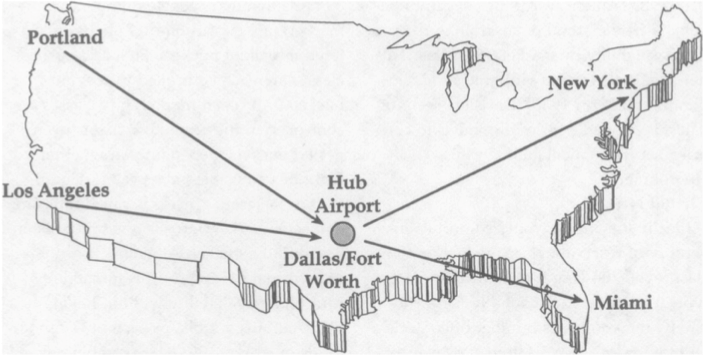
Source: Smith, Leimkuhler and Darrow (1992) ‘Yield Management at American Airlines’ Interfaces 22 (1), pp. 8-31.
To automate the process, operations researchers started thinking from the actual available technology: SABRE (for semi-automated business research environment). SABRE was big tech at the time. It was the first global electronic commerce infrastructure, allowing travel agents to sell tickets through a dedicated terminal, connected to American Airlines inventory in real-time, by telephone transactions. SABRE was also an amazing database, as it recorded the numbers of bookings for each fare class on each flight. However, for revenue management analysts, this deluge of data was overwhelming.

Source: IBM; https://www.ibm.com/history/sabre; Last Accessed Jan. 2024.
American Airlines’ engineers aimed at overcoming the limitations of human decision-making through automation. To do so, they needed to redesign SABRE, which was simultaneously an information system (or a database, recording bookings in each fare class at the flight level) and a distribution infrastructure (a marketplace). They asked: how to expand it, and turn it into a pricing system (able to manage which fares were available for sale on each flight from a network flow management perspective)?
The articulation of that problem is historically significant. American Airlines’ operations researchers sought to solve a business problem, the implementation of a sophisticated new pricing strategy, which aimed at making pricing more dynamic, more market-responsive, more granular. But they did not look for the theoretically optimal solution. Instead, they sought to deploy a new technology. To do so, they started from an already existing technology, identifying the constrains and opportunities it offered. This already existing technology (SABRE) was a global electronic commerce infrastructure, i.e. the marketplace itself, coupled with a large database on bookings, i.e. customers’ purchasing behavior.
I spent most of the talk narrating how American Airlines’ operations researchers came to a solution. I tried to show how their thinking was shaped by the details of the distribution infrastructure: how airlines’ products were sold to customers through a computerized system, i.e. the features of the marketplace itself. I also tried to show how their thinking was shaped by the data (availability and size) and the computing power they had access to.
I argued that the crucial step to the solution was nothing spectacular, just a hack in SABRE called ‘virtual nesting’. This hack enabled the management at the flight level of the availability of the connecting fare classes, when working with two new components plugged into SABRE. First, an automated demand forecast, powered by statistical and probabilistic approaches, extracted the historical booking data in each fare class in each flight from SABRE, and then provided an expected revenue for each ‘virtual bucket’ on a flight. The expected revenue of a bucket meant the average price of the range of fare classes clustered in the bucket, weighted by the probability of having that many customers booking in that bucket. Second, an algorithm allocated a number of seats to each bucket of fare classes, given the average expected revenue for each bucket; this component was called the optimizer. The mathematics supporting the optimization were not trivial. American Airlines’ operations researchers used mathematical programming approaches which belonged to the standard toolbox of operations research at the time. However, these tools needed to be creatively applied to the specific problem at hand, accounting in particular for the limitations in computing power. This required the development of completely new heuristics. Overall, using mathematical programming to make pricing more dynamic, more market responsive, and much more fine-grained than it had ever been before in any industry, was an important innovation. And it all hinged on a hack in SABRE.
DINAMO opened decades of intense research and development to improve the ‘hack’, the forecasting, and the optimization. The underlying logic is still in use today, at least in the largest networked airlines. It directly inspired marketplace engineers in many industries, from Amazon to Uber, from hotels to concert tickets sellers. It features prominently in the training of the future generation of marketplace engineers. And if your local supermarket uses digital price tags on the shelves, it is likely that they are using a version of it too.
Sources
The knowledge produced by marketplace engineers is not widely shared beyond the community of specialists. Furthermore, it is very practical and operational, and for that reason not fully codified in the scientific literature. Therefore, the main sources for my research are interviews with the engineers and scientists who built these systems in airlines (50 people interviewed so far, and the list is still open!). I asked them how they proceeded, the resources they had, the environment they were working in, what their thought process was, their path to the solution. My interviewees also walked me through the technical literature they have produced, in particular technical presentations delivered at an industry forum called AGIFORS, the Airline Group of the International Federation of Operational Research Societies. This talk on DINAMO drew on my broader research project, in which I study the practices, forms of reasoning, and ways of thinking of engineers and scientists who built revenue management systems in the airline industry, from the origins in the 1980s to today. On DINAMO, the interested reader can start with this great paper that was published by its three main inventors: Smith, Leimkuhler and Darrow (1992) ‘Yield Management at American Airlines’ Interfaces 22 (1), pp. 8-31.
Proposed citation: Guillaume Yon. 2024. Marketplace Engineers at Work: How Dynamic Airline Ticket Pricing Came into Being. https://khk.rwth-aachen.de/2024/01/31/9192/marketplace-engineers-at-work-how-dynamic-airline-ticket-pricing-came-into-being/.
c:o/re Highlights of 2023: A look back
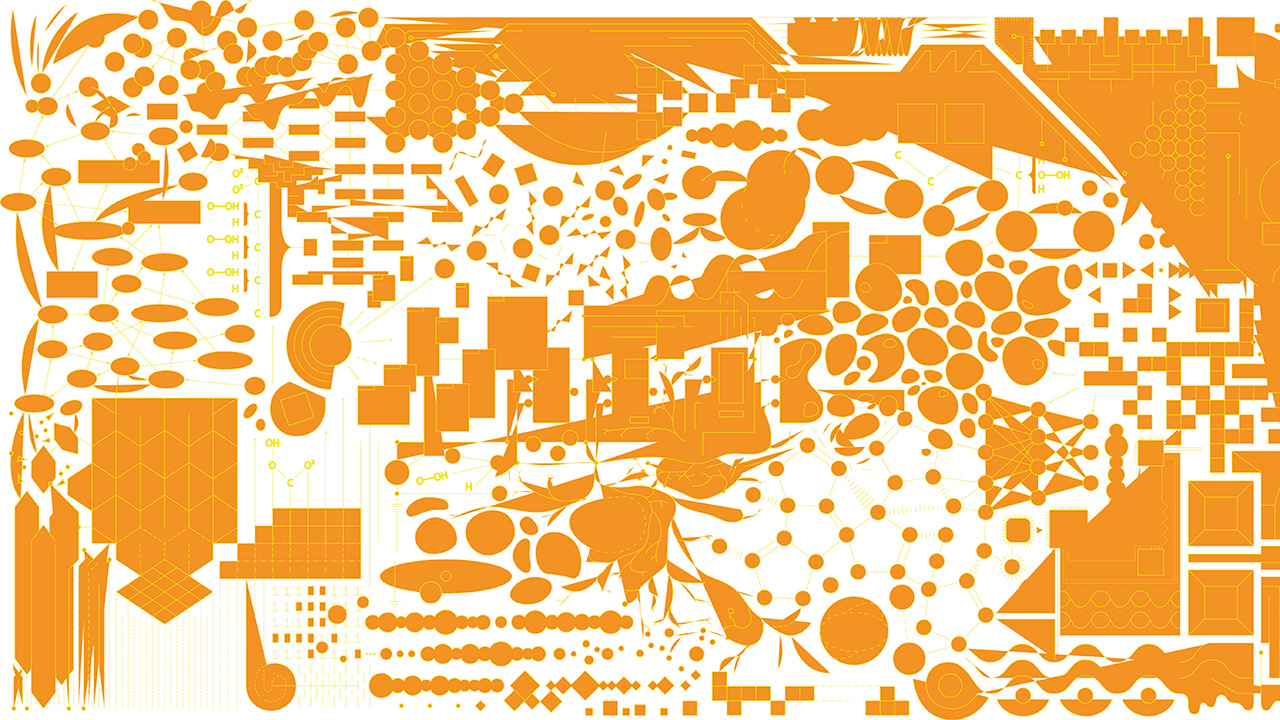
When we look back on the year 2023 at c:o/re, we can think of many great lectures, workshops and projects that we were able to realise in collaboration with our fellows and scientists from Aachen and around the world.
In this blog post, we take joy in remembering some of them:
Lecture Series
In the summer semester, the lecture series of c:o/re took place on the topic of “Complexity”. In seven lectures, the concept of complexity was examined from various disciplinary perspectives. You can reread some of the questions discussed in this and this blog post.

The lecture series for the winter semester 2023/24 began on 25 October 2023 with the topic “Lifelikeness”. Every two weeks until 7 February 2024, c:o/re fellows and guest speakers have discussed will continue to talk about the representations and imitations of life in its many forms. You can find all the dates in the program and impressions of some of the talks in the blog posts here and here.
Workshops
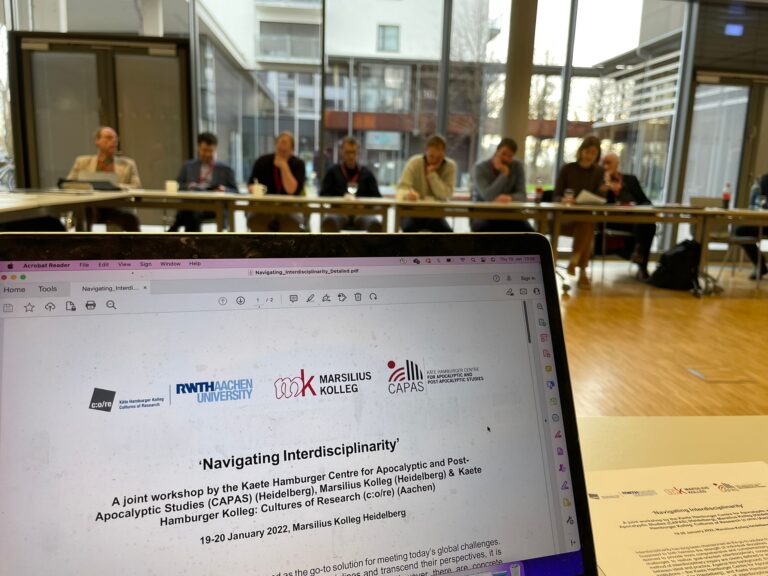
On 19 and 20 January 2023, the Marsilius Kolleg Heidelberg hosted the workshop “Navigating Interdisciplinarity”, which was organised in collaboration with CAPAS Heidelberg, the Marsilius Kolleg and c:o/re. The event brought together interdisciplinary research groups, mainly, but not only, from the humanities and social sciences to discuss the complex challenges of interdisciplinarity in the academic setting. The participants were able to discuss terms such as “complexity”, “security” or “collapse” as key aspects of interdisciplinary cooperation and research. You can read more about the workshop in this blog post.
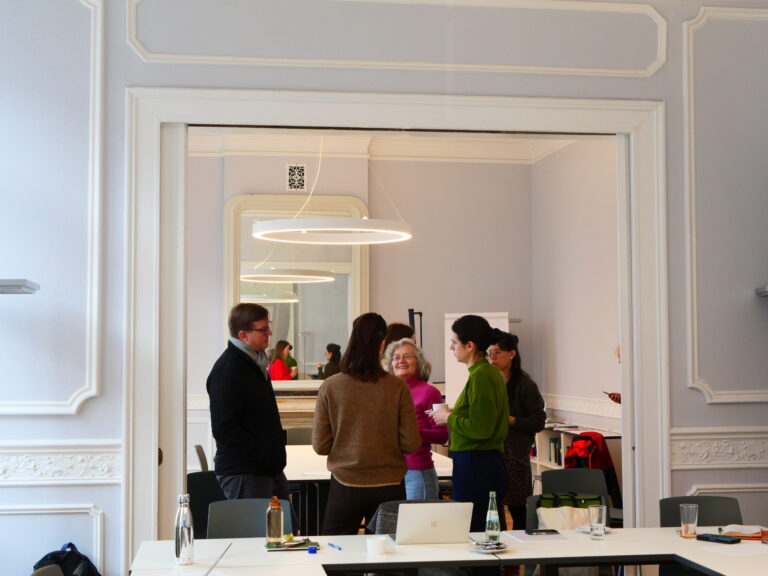
On 14 and 15 March 2023, the workshop “Turning points in reflections on science and technology: Toward historicising STS” took place at c:o/re. The aim of this event was to analyse the turning points in the intellectual history of Science and Technology Studies (STS) in the course of the 20th and 21st centuries. The meeting illustrated the interdisciplinary and multi-perspective study of STS that is being conducted at c:o/re. Director Gabriele Gramelsberger and the fellows Ben Peters, Clarissa Lee, Kyveli Mavrokordopoulou, Jan C. Schmidt and Arianna Borrelli organised the event. They were joined by several renowned early career researchers from the STS field, such as Lisa Onaga (Max Planck Institute for History of Science, Berlin), Carsten Reinhardt (Bielefeld University), Salome Rodeck (Max Planck Institute for History of Science, Berlin), Vanessa Bateman (Maastricht University) and Andreas Kaminski (Darmstadt Technical University). A recap of the workshop can be found here.
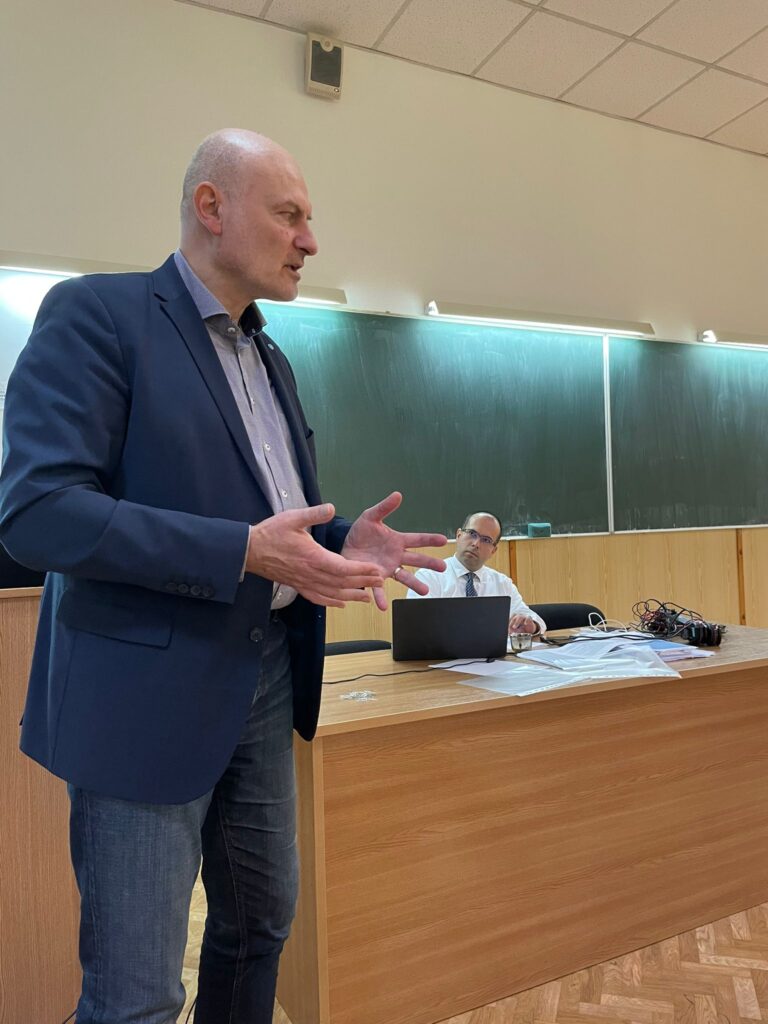
Following on from the success of the first workshop “Varieties of Science: Patterns of Knowledge” in December 2022 at the Universidad Nacional Autónoma de México (UNAM) in Mexico City, the networking trips to institutes of science and transformation research were continued as part of the Varieties of Science activities. From 5 to 6 May 2023, a group of fellows and staff as well as the directors travelled to the Institute of Philosophy at the University of Bucharest for the workshop “Varieties of Science 2. European Traditions of Philosophy of Science: Unexpected Varieties” to discuss the differences in research cultures with international colleagues. You can read more about the talks and discussions in this blog post.
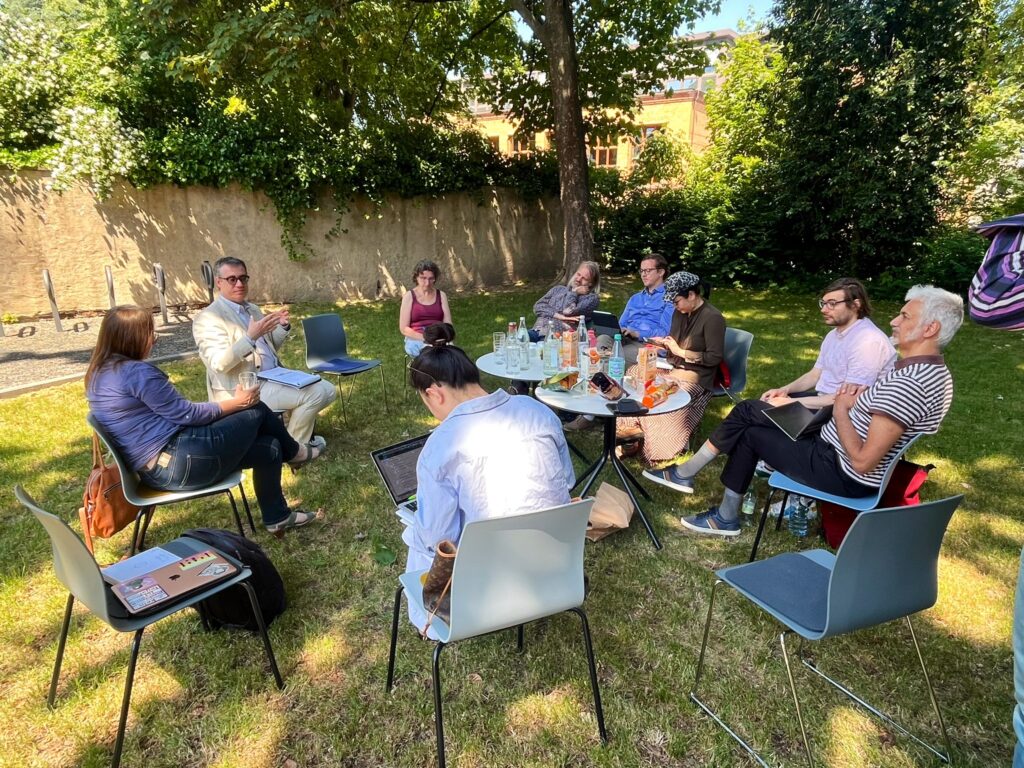
Another workshop took place from 13 to 14 June 2023 in collaboration with Dr. Thomas Haigh with the title “So What Was Artificial Intelligence, Anyway” at c:o/re. In the first part of the workshop, the history and philosophy of AI and digitalisation were discussed, with both the directors and the fellows being able to contribute their own research topics. In the second part of the workshop, Thomas Haigh presented the manuscript for his new book on the history of AI, which was followed by a discussion on the previously very heterogeneous concept of AI and the possibilities of standardising the various AI practices as a brand.
Conferences

From 15 to 17 February 2023, c:o/re hosted the international conference “Wissenschaften des Konkreten”, organised by Caroline Torra-Mattenklott, Christiane Frey, Yashar Mohagheghi and Sergej Rickenbacher from the Institute for Germanic and General Literary Studies at RWTH Aachen. The concept of the conference was not only, as the title indicates, inspired by Claude Lévi-Strauss’ concept of the “Science of the Concrete”, but also follows his assumption that the sensual and experimental interaction with the things of the environment is equally the origin of the “wild spirit” as well as of modern science. A summary of the event can be found here.

Together with the Rhine Ruhr Center for Science Communication (RRC), c:o/re directors Gabriele Gramelsberger and Stefan Böschen organised the conference “Nowhere(to)land? What science studies contributes to science communication” from 14 to 16 June 2023 in Bonn. Exciting questions and topics of science communication were discussed, including how the research fields of Science and Technology Studies (STS) and Science Communication Studies could be more closely linked in the future in order to fulfil the special communication requirements of science research results or how social participation in research could be implemented. The lectures and discussions also provided insightful impulses for the science communication at c:o/re.
STS Hub
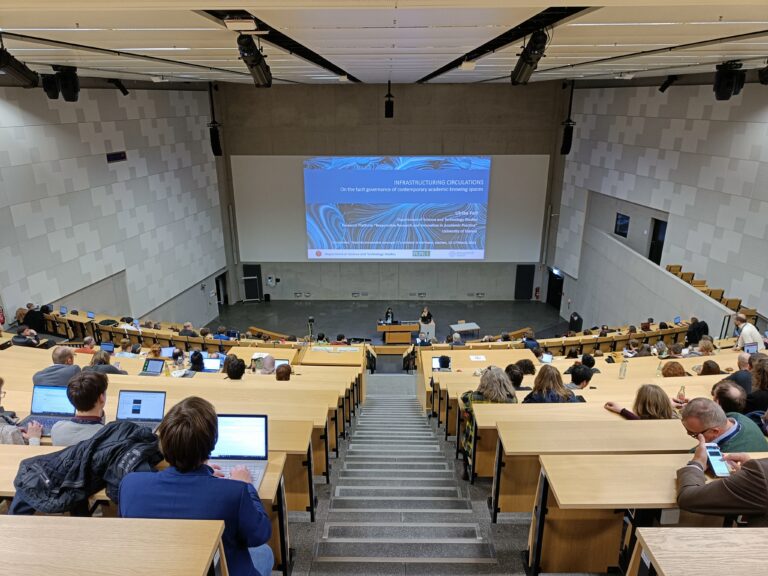
From 15 to 17 March 2023, a new format for the interdisciplinary linking of different science research communities was launched for the first time: STS-Hub.de. This format, conceived as a biennial conference with changing hosts, provides an opportunity for networking and exchange for STS researchers from German-speaking countries and a connection between different disciplines and areas of specialization. c:o/re played a leading role in the local organisation. In over 65 individual panels, the approximately 300 participants found space and room for discussion. The overarching conference theme of “Circulations” resonated and was addressed in various topics ranging from experimental democracy and science communication to ethics and art. In addition to traditional panels, there were also innovative formats such as walkshops and fishbowl discussions. The desired non-hierarchical exchange between researchers from different backgrounds was thus promoted and achieved. The conference was framed by two keynotes by Ulrike Felt, short-term fellow at c:o/re in March 2023, on the infrastructurisation of circulation in the field of science and Susann Wagenknecht on leaks in circular infrastructures and markets. You can read more about the conference on our blog here.
“Leonardo” Project
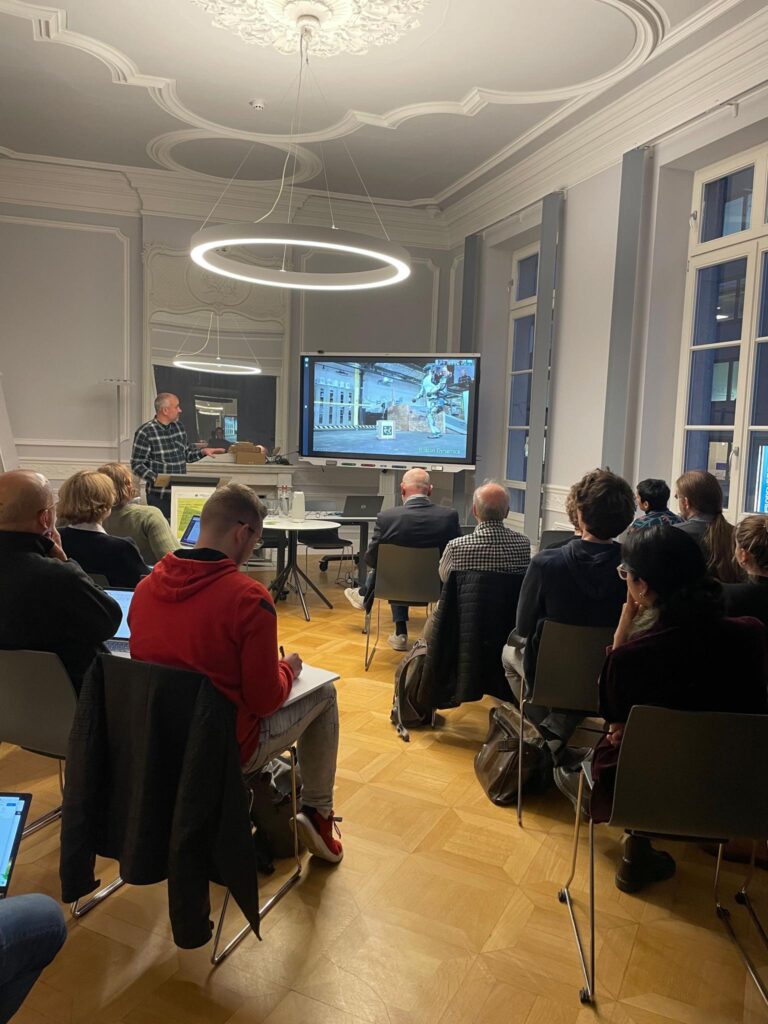
This winter semester, c:o/re’s participation in the interdisciplinary courses of the “Leonardo” project continues with the module “Engineering Life: Imaginaries of Lifelikeness” at RWTH Aachen University, which is organised jointly with the fellows. The module is aimed at interested M.A. students from all subject groups who can earn credit points for their degree programme. On this website, you can find more information about the “Leonardo” project.
Summer School

c:o/re was one of the main organisers of the International Semiotic Summer School in Prague “Visual Metaphors”, which took place from 23 to 28 July 2023 in cooperation with the Palacký University Olomouc and the Charles University. Through various lectures and presentations, the Summer School explored visual metaphors and the epistemological changes brought about by the current technological revolution. 80 students from various European universities took part. In this blog post, RWTH Aachen students wrote about their experiences during the Summer School.
Social Media
On X (formerly Twitter), c:o/re is still very active by announcing events, reporting live from conferences and talks and giving updates on everything that is happening at the centre.
We are still figuring out whether leaving X and using alternatives such as Bluesky is an option. Have you already moved your Social Media activities off X?
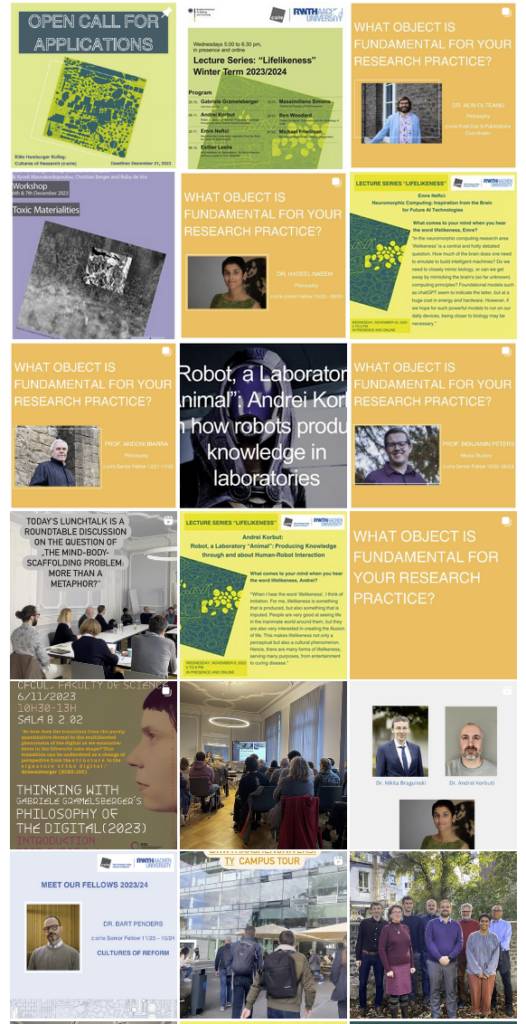
Since September 2023, c:o/re is also active on Instagram in order to give some insights into the work happening at the centre in a more tangible and less text-heavy way through photos and videos. We have also just registered with LinkedIn.
You are cordially invited to follow us on our social media accounts.
Video series: c:o/re shorts
We have started a new video series: c:o/re shorts. Get to know our current fellows and gain an impression of their research. In short videos, they introduce themselves, talk about their work at c:o/re, the impact of their research on society and give book recommendations. Take a look at the first two videos:
Blogposts
We would like to thank all the authors who contributed texts to our blog in 2023.
We invite you to read through them:
- What makes an ideal robot girlfriend?
- The notebook pt. 3: “For 20 years, I haven’t used a pen” – a computer nerd’s confession
- Research in Times of War – “Scientific Life Somehow Goes on…”
- Research in Times of War – “The War Added One More Factor – the War Itself”
- On Aryeh Ludwig Strauss: a German-Hebrew poet from Aachen
- Supercharge the real-world impact of Research, Innovation and Enterprise with brand building methodologies
What is coming in 2024?

The Käte Hamburger Kolleg: Cultures of Research (c:o/re) is offering ten research fellowships for international scholars from the humanities, social sciences or STS as well as from natural, life and technical sciences for the academic year 2024/25. The fellowships can start between June and October 2024. The Call for Applications for 2024/25 is still open until December 31, 2023.
For the beginning of 2024, relationships with the arts will be strengthened with two upcoming collaborations.
In February 2024, a workshop on “Art, Science, the Public Sphere” in collaboration with the research project “Computer Signals. Art and Biology in the Age of Digital Experimentation II” from Zurich University of the Arts will be held at c:o/re. As part of this, the artist Valentina Vuksic will present an artistic performance on the sonification of data “Listening to Science”, which will be accessible to students and researchers at RWTH but also to citizens of Aachen.
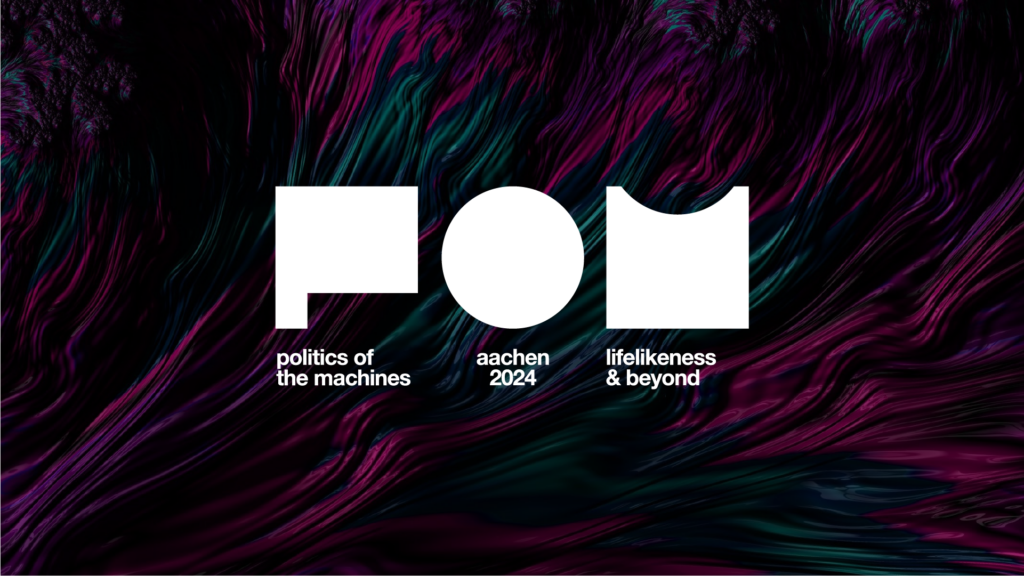
In April 2024, the experimental conference “Politics of the machines: Lifelikeness & beyond” will take place in Aachen, which seeks to bring together researchers and practitioners from a wide range of fields across the sciences, technology and the arts to develop imaginaries for possibilities that are still to be realized and new ideas of what the contingency of life is. You can find more information about POM on their website.
You can subscribe to our newsletter to stay updated with all projects and events happening at c:o/re in 2024.
We are looking forward to everything that awaits c:o/re in the coming year. Stay tuned!

Robot, a Laboratory “Animal”: Andrei Korbut on how robots produce knowledge in laboratories
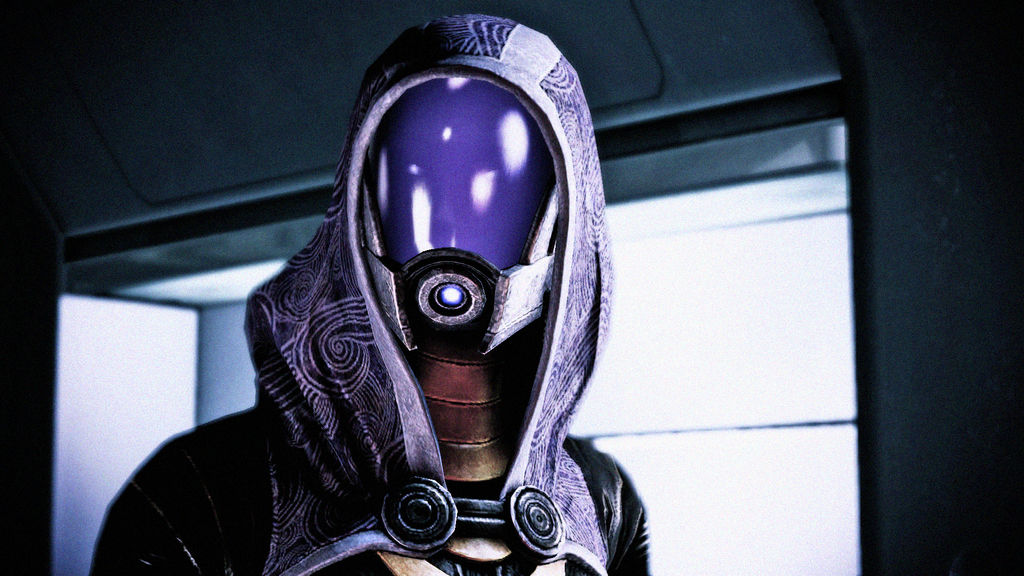
On November 8, Dr. Andrei Korbut warned that he will disappoint philosophers, sociologists and roboticists in what he delivered as the second lecture of the c:o/re Lifelikeness series. He disappointed to disappoint any of these. The Lifelikeness c:o/re lecture series addresses a public even broader and more diverse than previous c:o/re lectures, as it now also engages postgraduate students coming from a vast array of disciplines through the Projekt Leonardo.

Dr Korbut discussed Human-Robot Interaction (HRI) from a perspective enabled by construing robots as laboratory “animals”. He invited the audience to reflect on this view by watching a famous 2016 video produced by Boston Dynamics which shows a researcher (physically) obstructing a robot to complete its task to pick up an object. Dr. Korbut asked the audience what do they feel when watching this scene, whether they feel sorry for the robot and whether the human is bullying? He explained that the feeling the humans might feel when watching such a scene is purposefully employed in laboratory studies on HRI. This led Dr. Korbut to note that HRI is one of the fastest growing and most dynamic subfields in robotics currently, raising salient questions in fields like communication studies, psychology and design. Particularly given the multidisciplinary branching that it implies, it is important to note that robotics is not exclusively academic. HRI has a strong commercial stake.
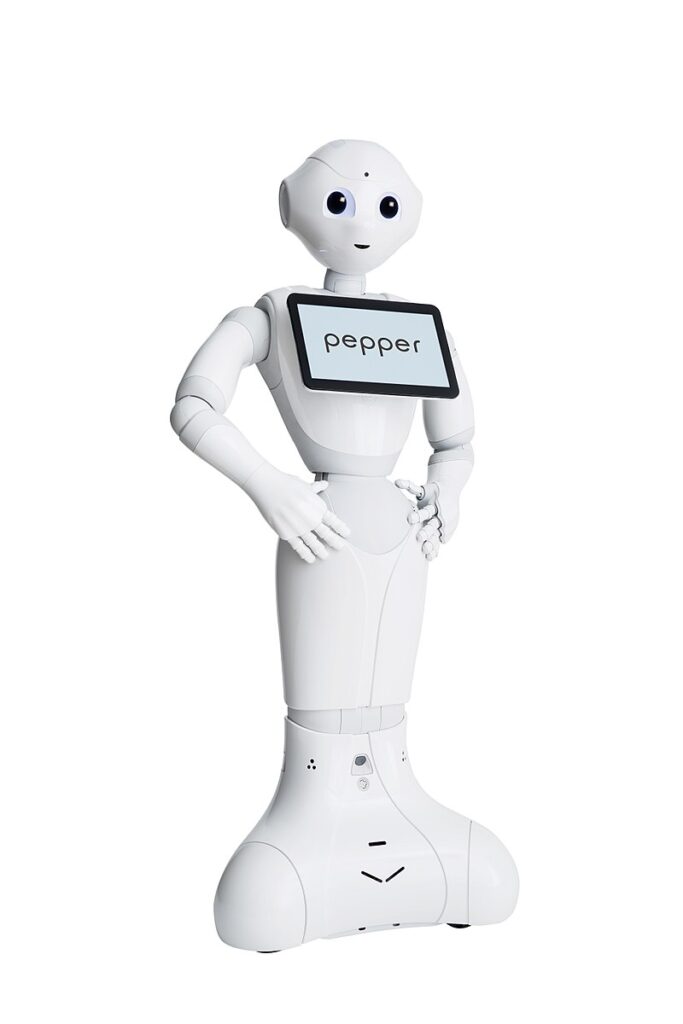
Dr. Korbut explicated the conceptual framework to study robots as contemporary laboratory “animals” as inspired by various notions of types of lifelikeness that can be ascribed to humanoid robots. He argued that robots allow for a closer connection between tools and objects in knowledge production than other types of laboratory “living instruments” because robots are not perceived as “natural objects”. In this line of inquiry, Dr. Korbut’s c:o/re fellowship project focuses on the robot Pepper, designed by SoftBank Robotics. Pepper is a 1.2-meter-tall mobile humanoid robot with 20 degrees of freedom and 20 sensors, microphones and actuators. It can process and synthesize speech in natural language, and it is commercially promoted as capable to recognize basic human emotions. Its appearance is deliberately “cute” and genderless because it is designed to be interacting with by humans in offices, cultural institutions, homes and medical settings. It is currently one of the most popular machines in robotics laboratories globally.
As such, Dr. Korbut is now exploring Pepper’s “academic career”, from manufacturer to publication, where the robotics lab is the crucial passage point. In this inquiry and by pondering on the knowledge that Pepper produces, Dr. Korbut is bringing together but also transcending the disciplinary limitations of laboratory studies in general, robotics laboratories studies, and laboratory animal studies. In laboratory sciences, Dr. Korbut takes Karin Knorr-Cetina‘s notion of epistemic cultures as a guiding optics, where “Laboratory sciences subject natural conditions to a “social overhaul” and derive epistemic effects from the new situation” (Knorr-Cetina 1999, p. 28). Further, he draws an insight from, but also argues for expanding Andreas Bischof’s view that when roboticists “laboratize“, they reduce “the complexity and contingency of social situations” (Bischof 2017: 225, 229). This leads him to observe the importance of Voss’ apparently paradoxical remark that “the practice of representing the robot as both an inanimate object and an animate being is an integral and constructive aspect of roboticists’ work”. At this point, Dr. Korbut remarks the relevance of the term lifelikeness. Particularly, via this term, the discussion is construed in terms of the simultaneous attributing and avoiding the attribution of lifelikeness to machines.
Dr. Korbut advocates employing the term lifelikeness, rather than animacy (in Voss 2021), in this debate because it enables drawing parallels between robotics studies and laboratory animal studies. While lifelikeness may mislead, because it suggests that roboticists may impute “life” to their machines, it opens up the some mitigating possiblities by indicating that “life”, in this discourse, is defined pragmatically, in the context of “laboratory life”, as referring to a property of the object used in the laboratory to produce knowledge. As such, robots are closer to laboratory animals, such as mice and Drosophila than to the wooden idols of animistic practices described by cultural anthropologists.
Dr. Korbut argues for a theory that construes robots as “animals” of very specific kind. Because they are detached from the laboratory environment much more than animals like mice or Drosophila, roboticists can secure a tighter link between tool and object. This link, Dr. Korbut argues, is based on roboticists’ ability to procure and exploit three types of lifelikeness that can be attributed to the robots, all which come down to considering the body as moving, interacting and manipulating.
In this light, Dr. Korbut considers that humans empathise with robots not because we identify with them but because of the particular configuration of robots’ hull – their programming, movements, and the material environment – corresponds to a recognizable type of lifelikeness. In brief, in the laboratory, robots hinder their being perceived as “natural objects”.
References
Bischof, A. 2017. Sozial Maschinen bauen: Epistemische Praktiken der Sozialrobotik. Transcript.
Knorr-Cetina, K. 1999. Epistemic cultures: How the sciences make knowledge. Harvard University Press.
Voss, L. 2021. More than machines? The Attribution of (In)Animacy to Robot Technology. Transcript.
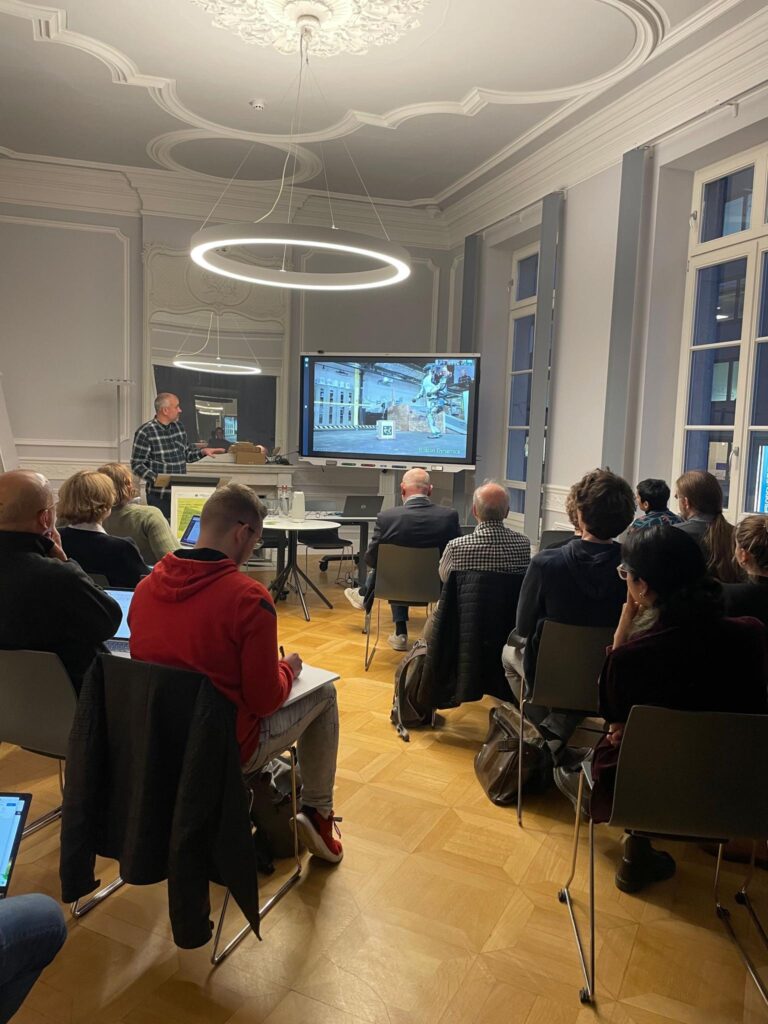
Lifelikeness… from scratch: Director Gabriele Gramelsberger opens the new c:o/re lecture series
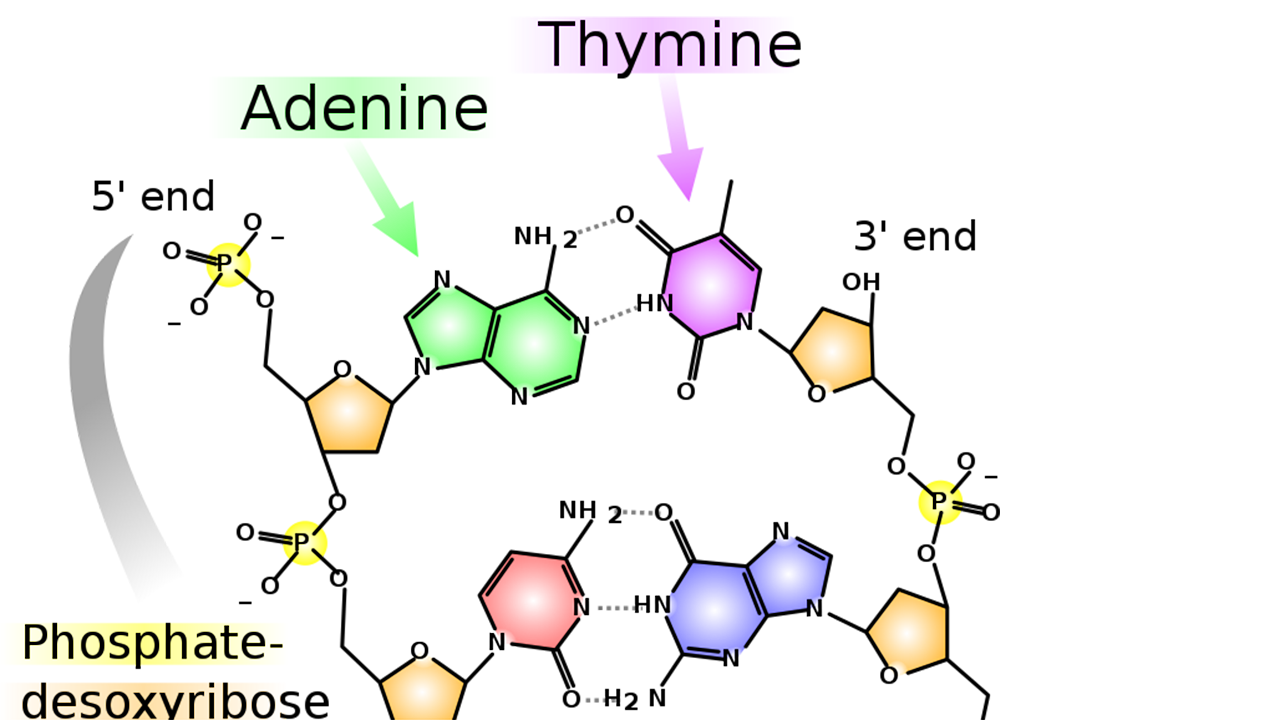
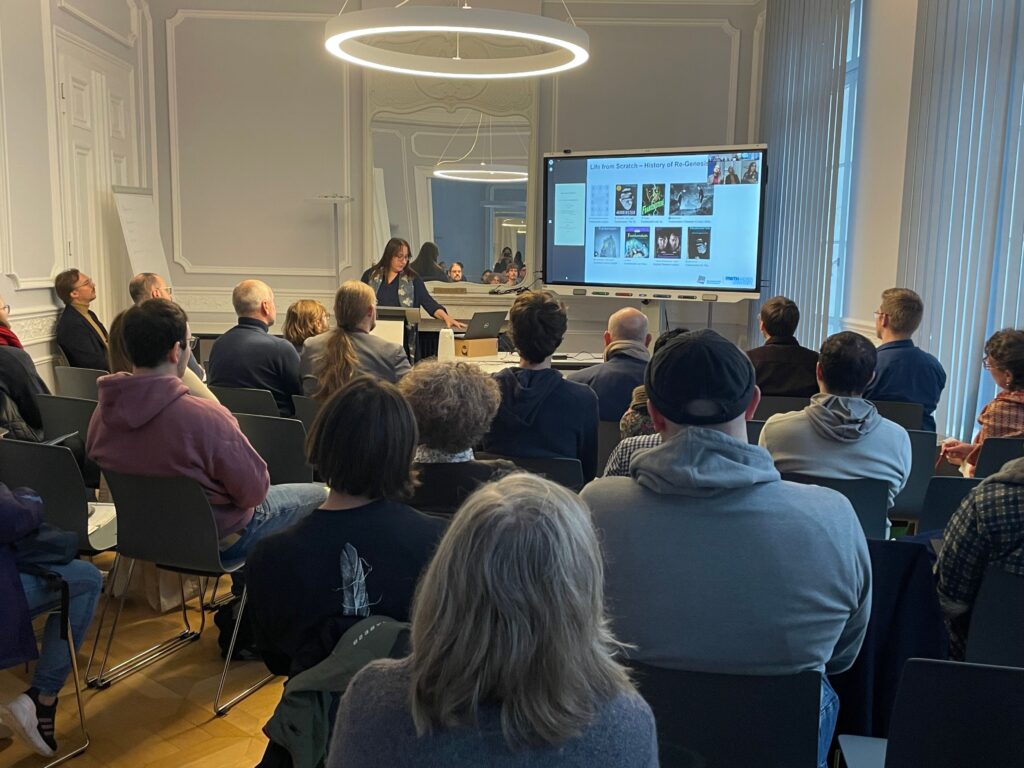
On October 25th, Professor Gabriele Gramelsberger, one of the two c:o/re directors, gave the first talk of the 2023/2024 c:o/re lecture series, which focuses on the slippery but important notion of lifelikeness. The title of her talk, Life from scratch announces an interesting lecture series bringing together arguments from the life sciences to philosophy and all the way to engineering and computational science, where we can but expect the best practice of academic traditions: controversy, that unavoidable result of free and critical thinking.
This semester’s c:o/re lecture series is also part of the Projekt “Leonardo”: Interdisciplinary Teaching for Creative Minds . This project offers interdisciplinary courses on social challenges broadly, offering RWTH Aachen University students from many disciplines the possibility to learn about the eclectic and interdisciplinary work of researchers from various departments.
In this way, c:o/re contributes to the teaching offer of and inter-departmental dialogue at RWTH Aachen University. Debating lifelikeness, as a topic emerging at the interface of the humanities and social sciences, natural sciences and engineering, is one of the contributions that c:o/re brings to foster dialogue across faculties and bring together local scholars and its research fellows.

In this first talk of the series, Professor Gramelsberger inspired a lively discussion among c:o/re researchers and colleagues and students from many departments across RWTH Aachen University. She offered a broadly informative and encompassing overview of synthetic biology, with a focus on the enduring human fascination to solve the puzzle of life, such as pursued currently in astrobiology.
First, Professor Gramelsberger took the audience on a journey through the history of biology, particularly as seen from the contemporary vantage point of ReGenesis. The talk proceeded from early efforts to obtain (a)biogenesis in laboratories to contemporary experiments and efforts, such as revolving around the concept of the domain Synthetica.
Introducing the main guiding concepts, such as abiogenesis, Professor Gramelsberger explained that the ideal to create life is, probably, as old as humanity. She pointed to the enduring cultural fascination with creating life, as displayed in novels like Mary Shelley’s Frankenstein (1818) and films like Fritz Lang’s Metropolis (1927), or in Jewish mythical folklore of the Golem, the animated mythical creature created from mud that is said to have roamed 16th-century Prague. Cultural imaginaries of humans creating new life have taken inspiration, of course, from state-of-the-art scientific undertakings. For example, Mary Shelley likely took inspiration from Luigi Galvani’s experiments in the 1780s. Much later, in 1952, the type of thinking falling under the label electric spark theory was put to the test in the Miller-Urey experiment (see Miller 1953), with impressive results. Researchers observed the formation of amino acids by applying electricity to water (H2O), methane (CH4), ammonia (NH3) and hydrogen (H2), a setting meant to simulate the conditions, as thought at the time, of the prebiotic Earth atmosphere.

Having presented these ideas to the students, Professor Gramelsberger set the stage for an informative overview of the intellectual history covering the works of Jacques Loeb (1852-1924), Alfonso Herrera (1868-1942) and Stéphane Leduc (1853-1939).
An interesting realization that this history reveals is that the biological problem of life keeps slipping. Every time when biological science finds the solution to what it construed as the question of life, it reveals that the question of life was misplaced. For example, merely creating an organic molecule from inorganic matter or protoplasm from mineral substances is not creating life. As spectacular as this achievement may be, the most important insight it provides is that merely organic molecules or DNA is not life, as we experience and recognize it. Hence, biology can be said to reveal what life is in a positive heuristics of increasingly understanding what life is not.
The talk then proceeded to present more recent molecular biology, as enabled by the genetic paradigm, and exemplified in the work of figures like Craig Venter or Stanley Cohen and Herbert Boyer. Professor Gramelsberger discussed recent efforts in the pursuit of De-novo organisms in an engaging manner, making the main notion here comprehensible for both fellow academics and postgraduate students. She offered an overview of the main types of De-novo approaches, namely Minimal genome, Biobrick (engineering) and Computer-aided design (CAD). This opened the stage for reflecting on cutting-edge and speculative considerations of the domain of Synthetica, as a new unit in the vocabulary of biological taxonomy. The talk raised important questions about the future of life, bio-hacking and genetic literacy, as one branch of new literacies. Here, Professor Gramelsberger noted the pioneering scholarship, such as George Church’s ReGenesis (2012), Amy Web & Andrew Hessel’s The genesis machine (2022) and Jamie Metzl’s Hacking Darwin (2019).

Overall, the talk fostered an interdisciplinary dialogue, also stiring the interest of students by reflecting philosophically on the many questions accumulated and meliorated through the history of (synthetic) biology. For example, the the role of the concept of oscillators was noted, across disciplines, in ushering a process instead of object ontology. Questions and discussions covered the conceptualisation of genetic engineering and synthetic biology, mechanical reductionism and vitalism, industrial and economic motivations and, of course, a wide array of ethical considerations.
With this intriguing introduction, we look forward to the next talks in the c:o/re Lifelikeness series, which also addresses students through Projekt Leonardo.
References
Church, George. 2012. ReGenesis: How Synthetic Biology Will Reinvent Nature and Ourselves. Basic Books.
ETC group. 2007. Extreme genetic engineering: An introduction to synthetic biology. ETC group.
Metzl, Jamie. 2019. Hacking Darwin: Genetic engineering and the future of humanity. Sourcebooks, Inc..
Miller, Stanley L. 1953. Production of amino acids under possible primitive earth conditions, Science 117 (3046): 528-529.
Webb, Amy, Hessel, Andrew. 2022. The Genesis Machine: Our Quest to Rewrite Life in the Age of Synthetic Biology. Hachette.

Supercharge the real-world impact of Research, Innovation and Enterprise with brand building methodologies
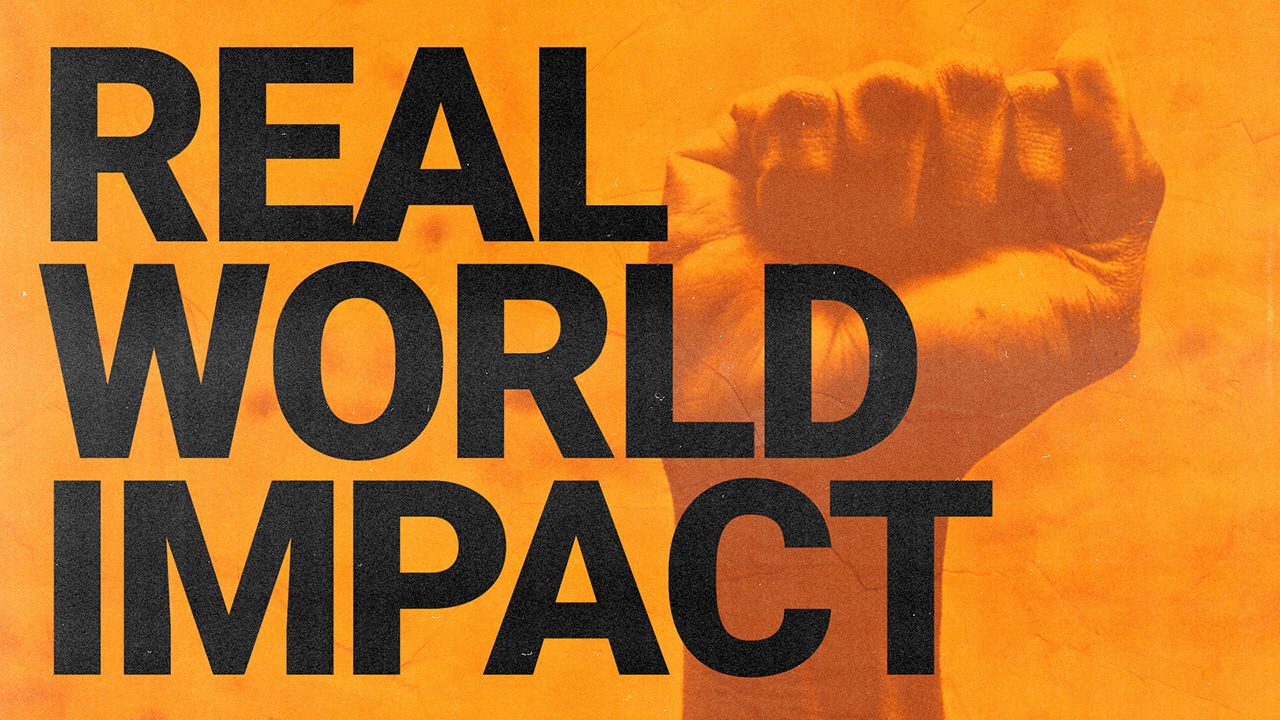
IAN BATES

If there’s one word I hear regularly among the academic and innovation community in the UK and mainland Europe it’s impact.
What do we mean by impact?
A common understanding has emerged, along with a standardised method of measuring real-world impact. The United Nations Sustainable Development Goals (SDGs) have become a touchstone to evaluate performance and are used by organisations like the Times Higher Education University Rankings. And usefully, the Research Excellence Framework (REF) has defined impact as … “the effect on, change or benefit to the economy, society, culture, public policy or services, health, the environment or quality of life, beyond academia.” (in Guide to the REF results).
So it’s about how cutting-edge research is unlocked to release its full potential and make positive contributions to global challenges. That gets us all on the same page. But can practices normally associated with commercial brand building contribute to fast-tracking real-world impact from the research at institutions such as RWTH Aachen University?

Ian Bates
Ian Bates is the Founder and Creative Partner at Firehaus, the brand consultancy for higher education institutions, enterprise hubs and spin-outs. He worked with many global blue-chip brands and has created, reviewed and judged thousands of creative campaigns over a 30+ year career. He has helped found, build, merge and sell agencies – leading multi-disciplinary creative teams. He was a tutor for the Institute of Data & Marketing, a GRT Trustee and a speaker at more events than he can remember, including Cannes. His awards include the prestigious DMA Grand Prix. He has judged for D&AD, The Drum, DMA & BIMA among many others.
Let’s start with what we mean by brand, so we remain on the same page.
A brand is not a logo or a colour palette. It is not something captured in a book or powerpoint. Insightfully Calin Hertioga and Johannes Christensen, define a brand as“A brand is the sum of all expressions by which an entity (person, organization, company, business unit, city, nation, etc.) intends to be recognized.” (in Interbrand).
Critically, these expressions are communicated – in words, pictures and behaviours. Many will talk about this in terms of anthropomorphization. I’m going to boldly suggest that what is potentially holding back research from making impact is not funding. It’s being able to communicate beyond the confines of academia to engage policymakers, corporate partners, investors and yes – the media. It is a matter of science communication. And that’s why approaches used in brand building are important tools for researchers to embrace.
Of course, not every piece of research needs to become a ‘brand’. But if the intention is for your school, institute, academic consortium or research team to engage and influence a variety of audiences over time and deliver real-world impact, then creating distinct brand associations in their hearts and minds will increase recall, engagement and efficiency in communications.
That’s called brand positioning.
Future partners and associates should also experience brand behaviours that are consistent with this identity. There’s no point in talking about being collaborative for instance if, in reality, everyone experiences quite the opposite.
In business the imperative to communicate with a wide range of people (even in niche markets) forces organisations to be clear about why they deserve their attention (which is in short supply), and their hard-earned cash (in increasingly short supply).
So, thinking of academic research through these optics leads to problematising through the questions:
- Why do you deserve our attention (or ‘what problem are you solving’)?
- Why do you deserve our funding?
As one might imagine, the people asking these questions aren’t waiting for the contents of a thesis to drop into their inbox in response. A satisfying answer requires a story – a narrative that your audiences (and for research there’s always more than one) can see themselves as part of, a picture to understand and respond to – intellectually and emotionally. Far from dumbing down research this implies increasing impact, its value and frankly, without any contradiction, fame.
A cohesive brand identity will increase the likelihood of maintaining a culture of innovation and…
- intensify the clarity and communication of an institution’s purpose, mission and vision;
- inspire emotional engagement;
- invigorate internal stakeholders.
For research to impact a wider audience than merely academic:
- It needs a simple, distinct story and visual short-hand;
- It needs positioning in contemporary culture(s);
- And it needs an emotional heart.
I acknowledge there is a tension between the universities as hives of education, research and personal development on the one hand, and as engines of commercial enterprise on the other. This tension can lead to a reluctance in embracing methodologies normally applied to business. Brand building shouldn’t be one of them.
There is significant value to be gained from adopting approaches commonly used in commercial organisations. Brand methodologies can not only improve communication but also help to lay the organisational and cultural foundations that support continued innovation and supercharge research and enterprise, leading to corporate partnerships, spin-outs and real-world impact.
I experienced an example of the positive impact created by articulating a Purpose, Mission and Vision within one large university school. After a simple 60 minute on-boarding process, we engaged over 120 academics in developing new ideas for how they’d bring their fledgling new brand to life – with some truly innovative results affecting course structures, research focus, corporate partnerships and professional development.
Changing the world, even a little part of it, for the better is too important for the impact of transformative research to remain in an academic journal paper or the confines of an institution. It’s terrible to think that the answers to some of the world’s most intractable problems are locked away when they could be out there to implement, further exploration and multiple interpretations. Communication lies at the heart of this challenge. Brand building methodologies might help universities get there.
Mini-case studies
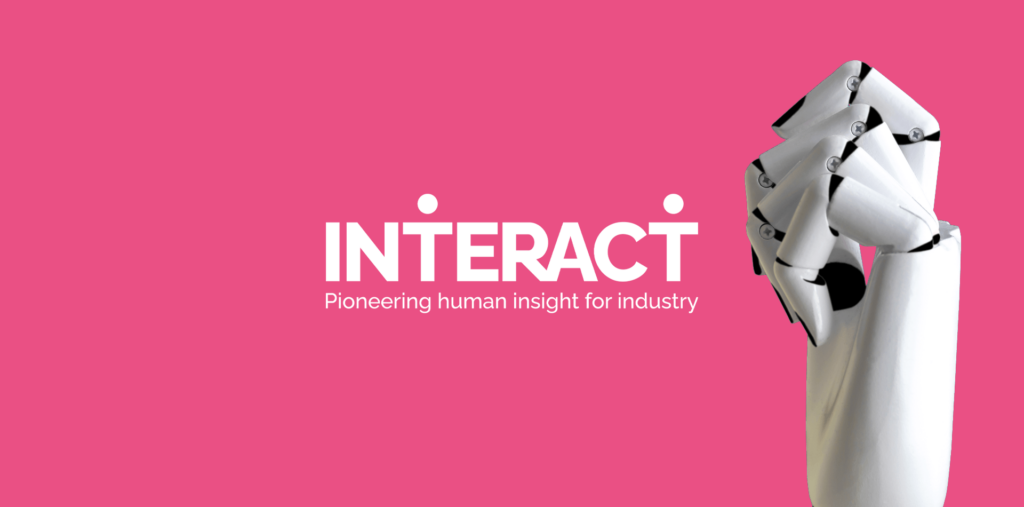
Interact – Pioneering Human Insight for Industry
A Made Smarter Innovation funded, Economic and Social Research Council-led network that needed a narrative to speak to three distinct audiences – researchers, industrial digital technology (IDT) providers and manufacturers. By articulating a shared sense of purpose and creating a compelling name and narrative, InterAct has rapidly expanded its reach and built a distinct brand identity, developing hundreds of connections within the wider manufacturing ecosystem. It has now committed over £1.2 million of funding to 37 different research projects, incorporating dozens of UK universities, with the aim of creating human insight focused outputs to inform a rapidly growing community of policymakers, IDT providers and manufacturing businesses.

Discribe – Imagining Secure Digital Futures
This is a groundbreaking social science-led digital security research programme. Social sciences are woefully underrepresented in the sector, despite potentially having a significant role to play. With a redefined narrative and proposition it will shortly become part of a new University of Bath institute.

Quantum Frontier – Where Business Breaks Boundaries
Initiated by University of Bristol this project will shift the perception of what’s possible at the extremes of commercial innovation. The brand we created collaboratively with the team will foster collaboration between researchers, corporate partners and civic authorities to sit at the cutting edge of global innovation and enterprise.

Radii Devices
This academic spin-out was finding it difficult to articulate the global applications for their research. An intervention using brand building principles has given the team a new-found confidence in communication and unlocked the story that has opened further investment and potential markets in Europe, the UK and US.
Varieties of Science 2. European traditions of varieties of science: Unexpected varieties
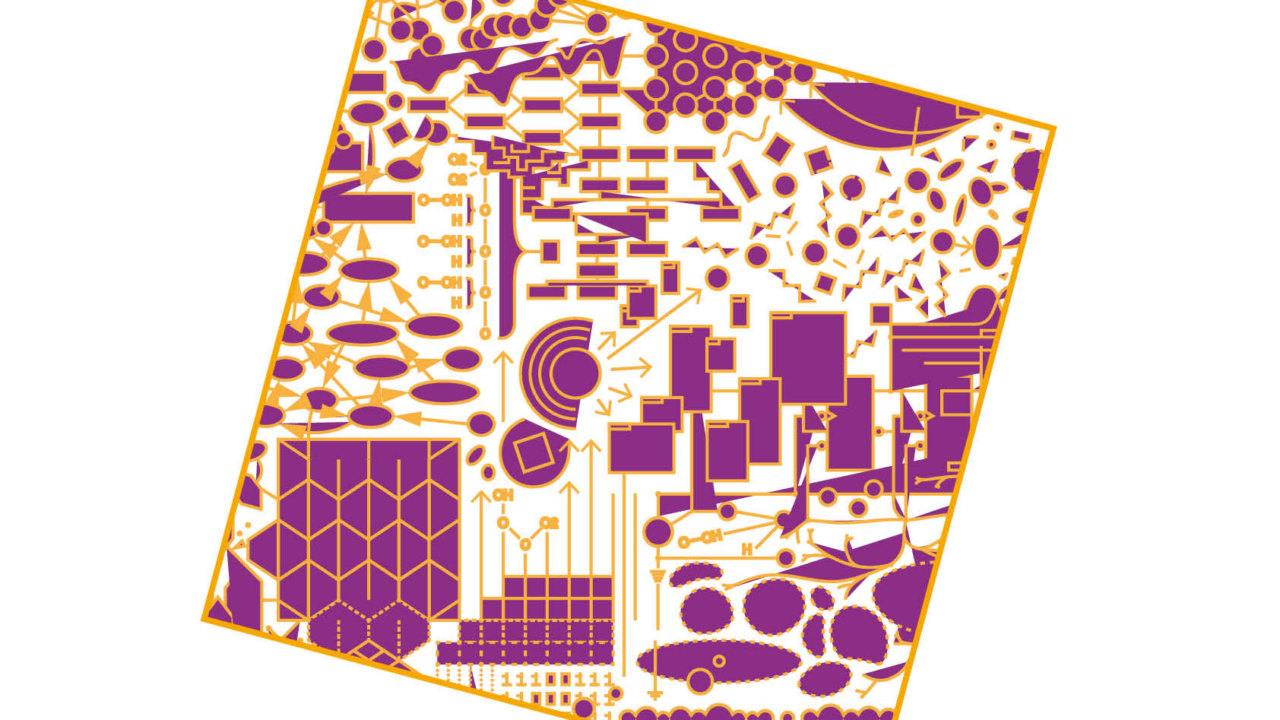
On May 5-6 the second c:o/re workshop Varieties of Science took place. While the first workshop (Patterns of knowledge) of this series was hosted by the National Autonomous University of Mexico and focused on decolonizing STS, this second workshop addressed some Unexpected varieties, namely the diversity within European philosophy and science traditions. The event was hosted by the Faculty of Philosophy of the University of Bucharest.
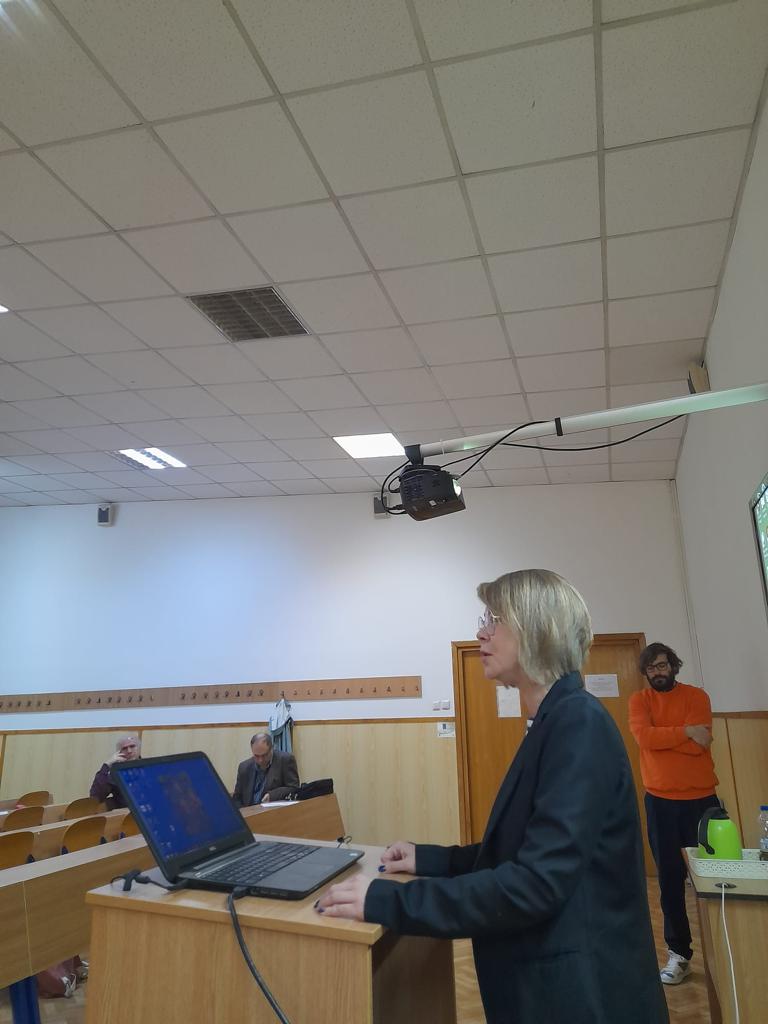
The event took off with Vice-Dean Andrei Marasoiu warmly welcoming the participants to the Faculty of Philosophy and explaining how the rationale of the Varieties of Science workshops is approached at this particular event, in light of the common interests on philosophy of science of c:o/re and the Department of Theoretical Philosophy in Bucharest (see Pârvu, Sandu, Toader 2015).
Before diving into the talks, as a main concern under the Varieties of Science theme, we were happy to listen to Dr. Andreea Popescu‘s announcement that the Association of Women in Philosophy in Romania is about to be established. Information on this Association will be available on the c:o/re website as soon as it is launched.
The common thread throughout talks spanning over two days was the concept of observation.
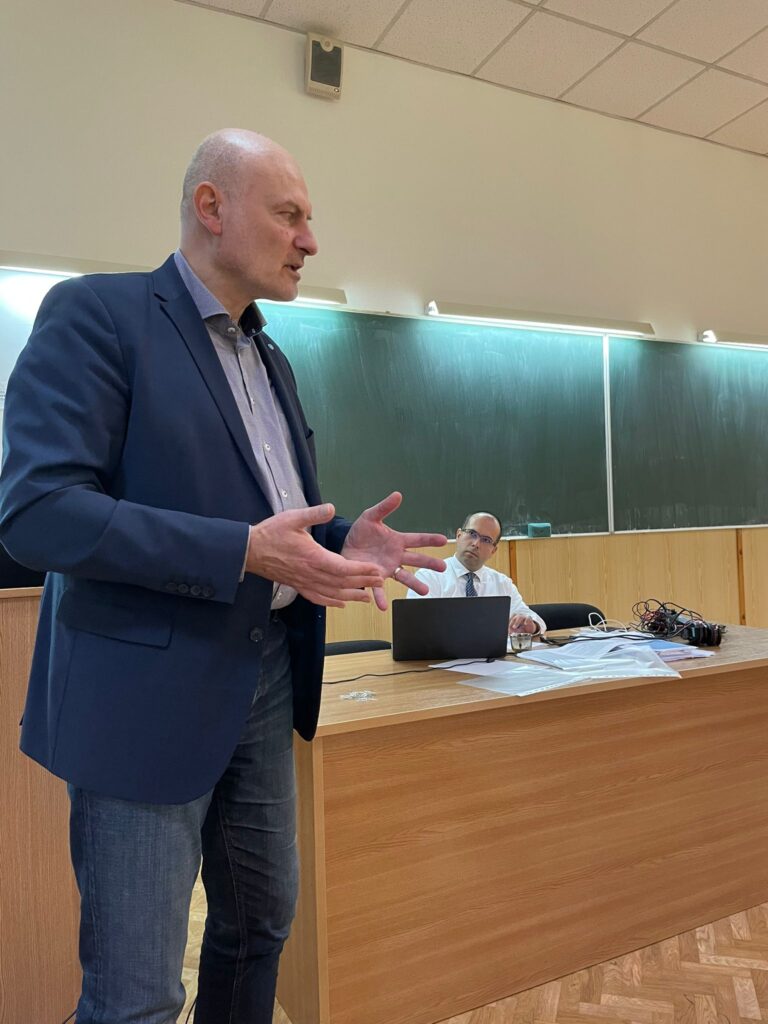
c:o/re director Professor Stefan Böschen delievered the first talk of the workshop, introducing the broad concept of Varieties of Science, in particular consideration of philosophical inquiry, wherein varieties of schools particularly abound. The notion, as propposed by Böschen (see Böschen et al. 2020), relies on Ulrich Beck’s (2006) Varieties of Capitalism, which addresses cosmopolitization in a dialectics of homogenization and heterogenization. Böschen remarked the effects of the “different anchors” for doing philosophy of science in different places. This led to considerations on epistemic truths and epistemic injustice, validity of knowledge, matters of representation and science communication and politics. By asking how can different formations of society be analysed in their peculiarity and relationality within the perspective of cosmopolitisation, Böschen proposes theorising processes of globalisation in awareness of “the other in the midst”. In this talk, he pointed to the importance of making premises visible and critically analysing one’s own presumptions under others’ views.
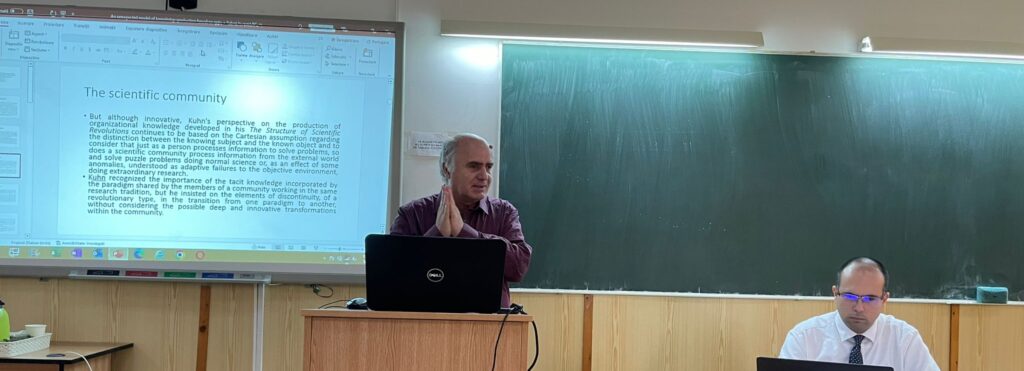
The second talk, delivered by Professor Constantin Stoenescu, addressed the dialogue between a Japanese culturally-based model of knowledge and Western philosophy. The foci fell on knowledge conversion and scientific ethos. Stoenescu presented Nonaka and Takeuchi’s (1995) theory, coming from a post-Kuhnean tradition, on the passage from ‘knowledge‘ to practice based tacit know how. He followed the notion of “paradigm as interdisciplinary metrics” and developed a criticism of the reduction of knowledge to merely semantic information. Following scholarship from a Japanese context (e.g., Nishida 1970; Shimizu 1995, Nonaka, Konno 1998), Stoenescu proposed an approach to epistemic variation through the Japanese concept “Ba“, which, for lack of a better option, can be imprecisely translated to English as “place”. From this vantage point, he explained, knowledge is understood as resource.
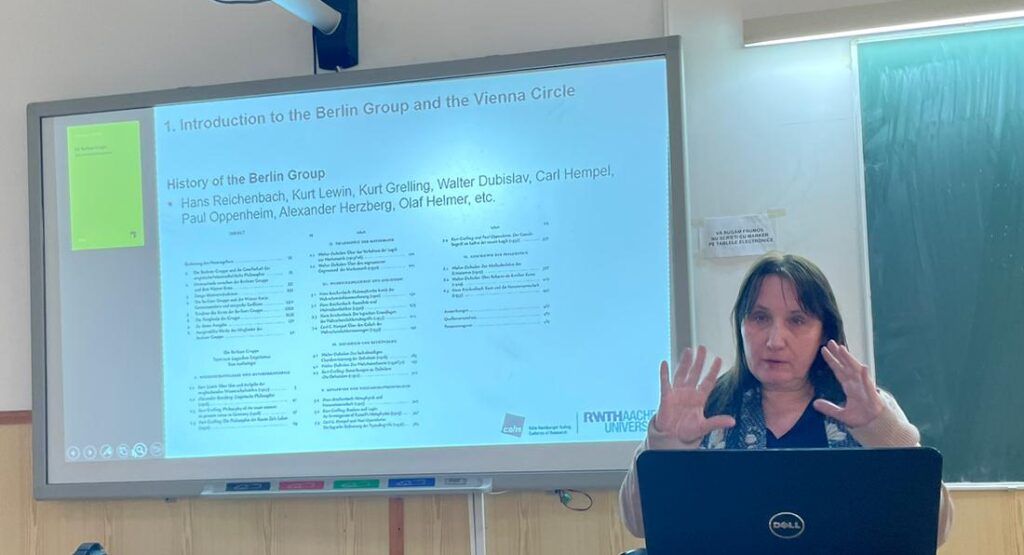
c:o/re director Professor Gabriele Gramelsberger offered an encompassing and insightful historical and comparative study of the Berlin Group and the Vienna Circle. She traced and, thus, highlighted the remarkable impact of the the Berlin Group for philosophy of science, which have been all too easily overlooked. She observed the shared views and the differences between these two groups, as illustrated to begin with, by logical positivism in Vienna and the logical empiricism (observatism) in Berlin. Both these groups, Gramelsberger, explained shared the destiny of “emigration, disintegration and new beginnings”, as they had to seek safety in the USA, given the coming to power of social nationalism in Germany in the 1930s. Because of its location, the Berlin group was more fiercely persecuted, which is one possible explanation for the enduring lack of awareness of its importance.
Gramelsberger identified three varieties by looking at these groups, roughly summarized here as:
- The comparative approach of the Berlin group, interested not only in empirical sciences, but also in analyzing theoretical sciences and mathematics;
- A focus on the role of theory of probability and logic;
- The pathway to Wittgenstein’s linguistic turn.
This exploration led Gramelsberger to remarking the linkages between early analytic philosophy and Gestalt theory, with possible connections also to phenomenology. As a conclusion and programmatic future work to be undertaken at c:o/re, Gramelsberger hypothesized on Paul Oppenheim’s Dimension of knowledge (1957) as overlooked by scholarship in this pathway of intellectual history.
The next two talks were delivered by the invited guests, Professor Gabriel Sandu and Professor Alexandru Baltag, who drew the focus of the workshop more closely towards analytical approaches. Main points of departure in their talks were Lewis’ (1973) reduction of causal relationship to counterfactual dependence and and von Wright’s (1976) manipulationist counterfactuals.
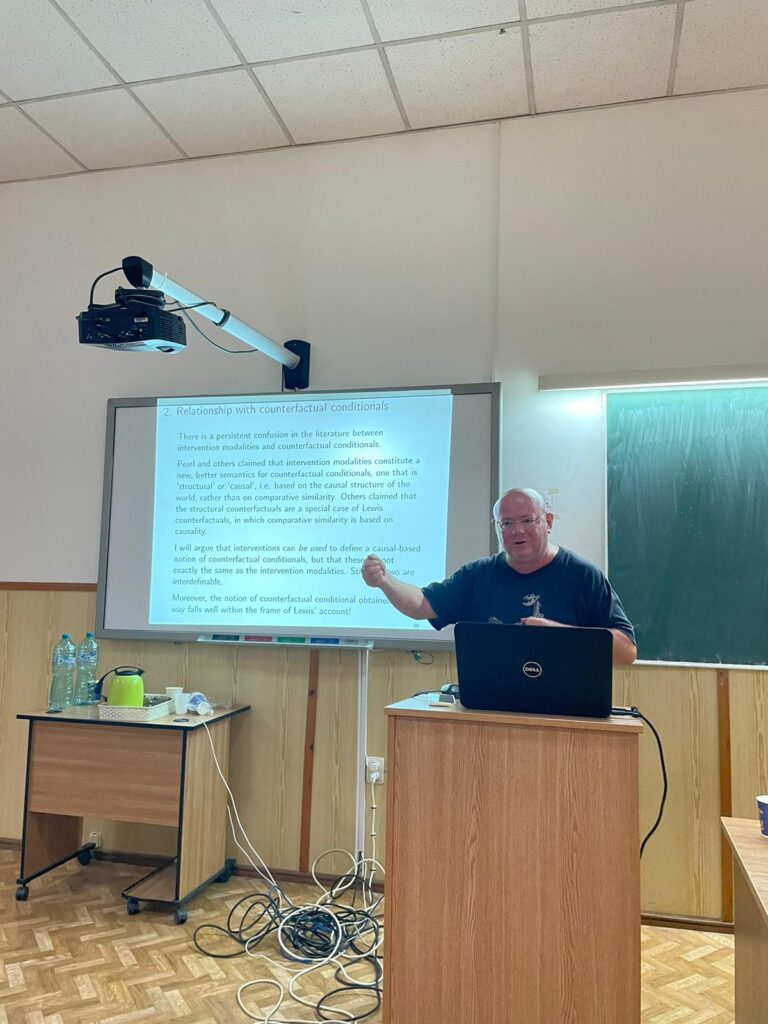
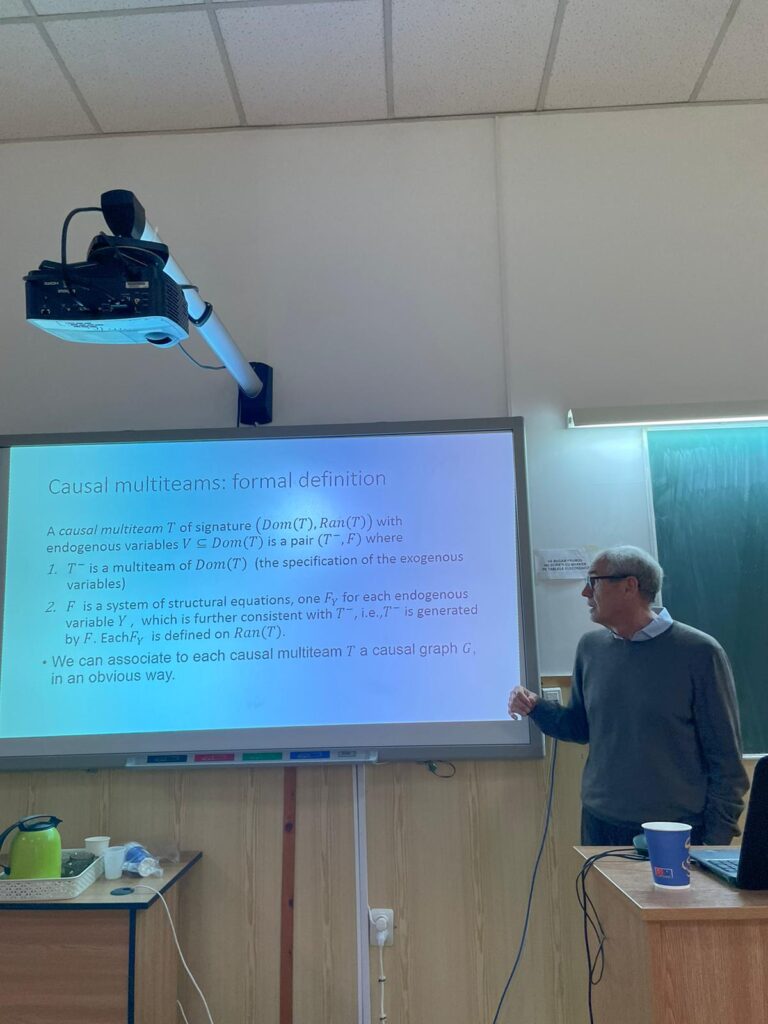
Gabriel Sandu proposed A logical framework for interventionist counterfactuals. Here, a causal relationship is considered to sustain a counterfactual assumption expressed thus: “on occasions where p, in fact, was not the case, q would have accompanied it, had p been the case”. A detailed and highly insightful discussion on possible worlds (Pearl, McKenzie 2018), led Sandu to advocate the notion of multi-teams.
Alexandru Baltag’s talk was titled The dynamic logic of causality: from counterfactual dependence to causal intervention. Starting Pearl’s causal models as the standard/dominant approach to representing and reasoning about causality, Baltag set of to (1) argue that interventions are dynamic modalities, (2) elucidate the relationship between dynamic intervention modalities and counterfactual conditionals and (3) formalize Causal Intervention Calculus. In his view, one should think of interventions, not necessarily as “actual” actions (that may happen in a given world or model), but as counterfactual actions, namely abstract manipulations of the causal structure, that happen to the model (world).
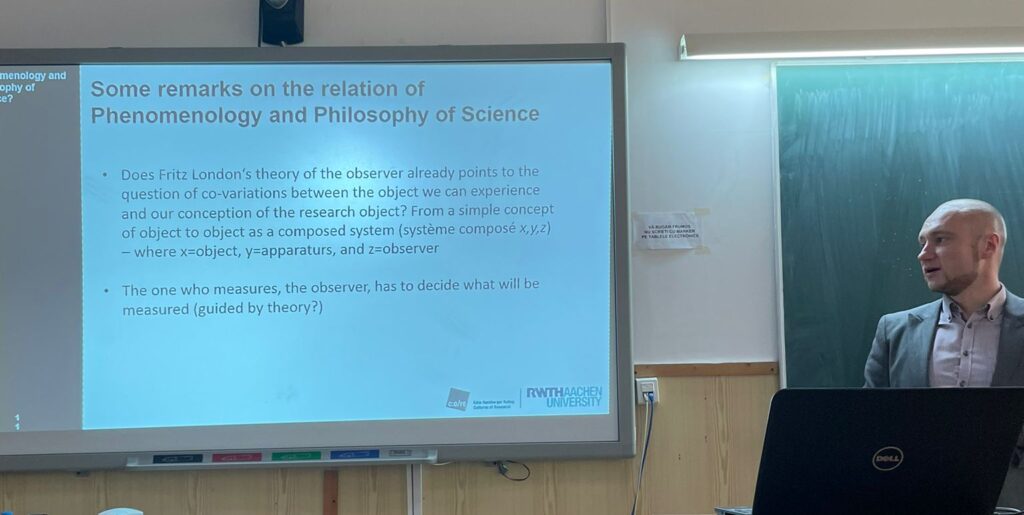
Dr. Markus Pantsar, a c:o/re alumnus fellow and current guest professor at RWTH Aachen, talked on Recognizing artificial mathematical intelligence (see Pantsar 2023). He asked, if AI were developed, how would we be able to recognize it (see Hernández-Orallo 2017)? To answer this question, Pantsar drew on parallels between research in animal intelligence and in aritifical intelligence. These parallels present two types of pitfalls: (1) the false negative that non-human animals have a particular type of intelligence, but we cannot observe them (experimental setting); (2) the false positive of supposing an “accumulator” mechanism instead of arithmetic. From here, Pantsar drew analogies to AI research, making several points, namely that: success in AI does not come down to theorem solving anymore; artificial neural networks are trained with huge amounts of data, and they “learn” statistical connections in the input, given that we have clear criteria for acceptable outputs; mathematics is not a success story of machine learning research, but this might change in the future; the problems of trying to figure out what happens in the hidden layers of the neural network (explainable AI). Pantsar shed light on what these issues have in common by citing the Zulu folk wisdom that “a person becomes a person through other persons”.
The second day of the workshop started with Dr. Dawid Kasprowicz‘ talk, Measurement problems need a consciousness: The case of Fritz London and the relation of Phenomenology to Philosophy of Science. Through a detailed study case on Fritz London (London, Bauer 1939), Kasprowicz tackled the question of how should a deductive theory look like, from a joint phenomenology and philosophy of science perspective (see also Alves 2021)? This opened an in-depth study on observation, the beginning of statistics in physics and the interrogations on observation as intervention that quantum theory produced.
In his talk, A free logic of fictionalism. On failed reference in meaningful discourse, Professor Mircea Dumitru unfurled an insightful criticism of Millianism, the doctrince that in propositions names contribute only to reference. His argumentation points in the direction of Kit Fine’s semantic relationism (see Dumitru 2020). This involved a minute and critical consideration of Sainsbury’s (2005) theory of reference and advocating a historicisation of philosophy of language that suggests the need for an alternative to the mainstream framing of philosophy of language within what is identified as a Fregean-Millian polarisation.
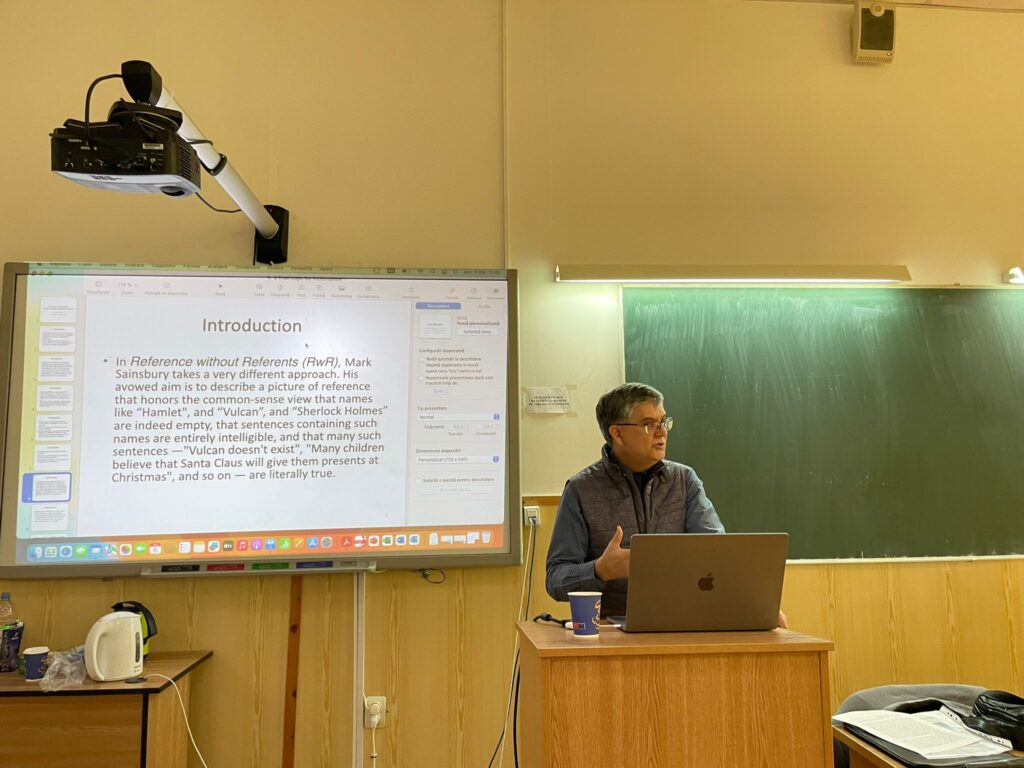

Sonja Smets‘ talk amusingly and wittingly suggested that Logic meets Wigner’s Friend(s): the epistemology of quantum observers. It encompassed an original discussion on the Heisenberg-von Neumann cut, namely the hypothetical interface between quantum events and an observer’s knowledge, in light of the Wigner’s Friend though experiment. In the consideration of observation in experiments, Smets was led to posit a notion of systems as agents and as leaking. She argued that systems can be treated as agents if only if they preserve information.
Professor Dana Jalobeanu proposed a reading of Francis Bacon’s programme for sciences through the heuristics of the fable genre. This reading of Bacon was particularly, but not only, illustrated through reflections on the figure of Salomon’s House in New Atlantis (see Bacon 2000).
Her talk, entitled The fable of science: Francis Bacon’s Solomon’s House and its European reception, shed new light on the history of early modern philosophy, particularly on how (early) modern programmatic narratives of science were rhetorically constructed so to produce the revolution that modernity came to be.
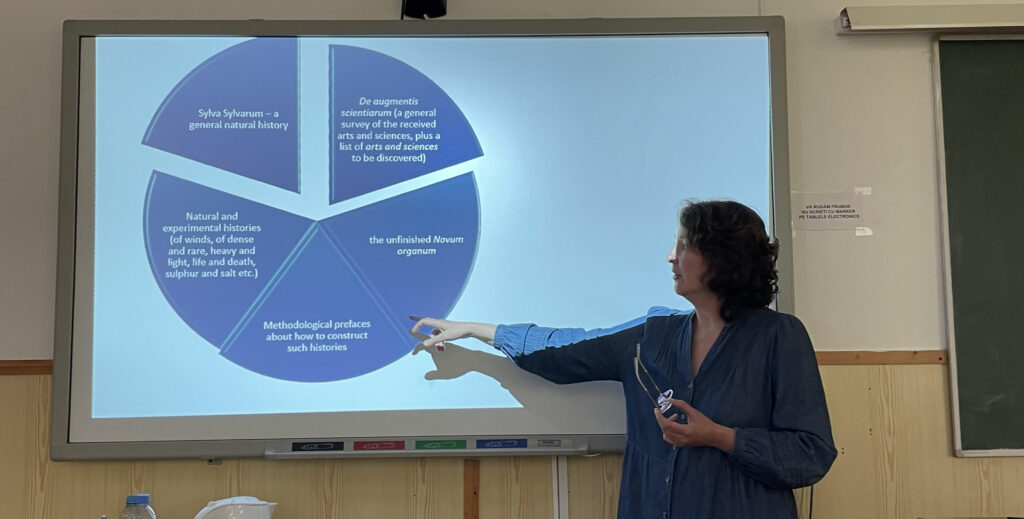
Dr. Arianna Borelli discussed Magic and Machines in the European Renaissance (see Borrelli 2023). She tackled this subject by taking Cornelis Drebbel (1572-1633) as a case study, who built a perpetual movement machine (see Keller 2011). Through this investigation, she problematised the notion of (a modern) “scientific revolution” by revealing the heterogeneity of varieties of science in early modernity. She argued that Drebbel’s perpetuum mobile could have offered a starting point for reflection on science as good as automata or chemical reactions. While it might have led to the emergence of new fields of knowledge, mechanics and chemistry took the main stage of sciencein the 17th and 18th century, which led to the marginalisation in scientific inquiry of the phenomena at the centre of Drebbel’s work.

Benjamin Peters examined the material media philosophies of Soviet artificial intelligence research and its precursors, especially the sometimes anthropomorphic, sometimes invisual assumptions at work in the making of smart technologies (further and critically developing scholarship such as Graham 1987, Chun 2021). Through this talk he laid, out in ten clearly defined steps, his c:o/re fellowship project.
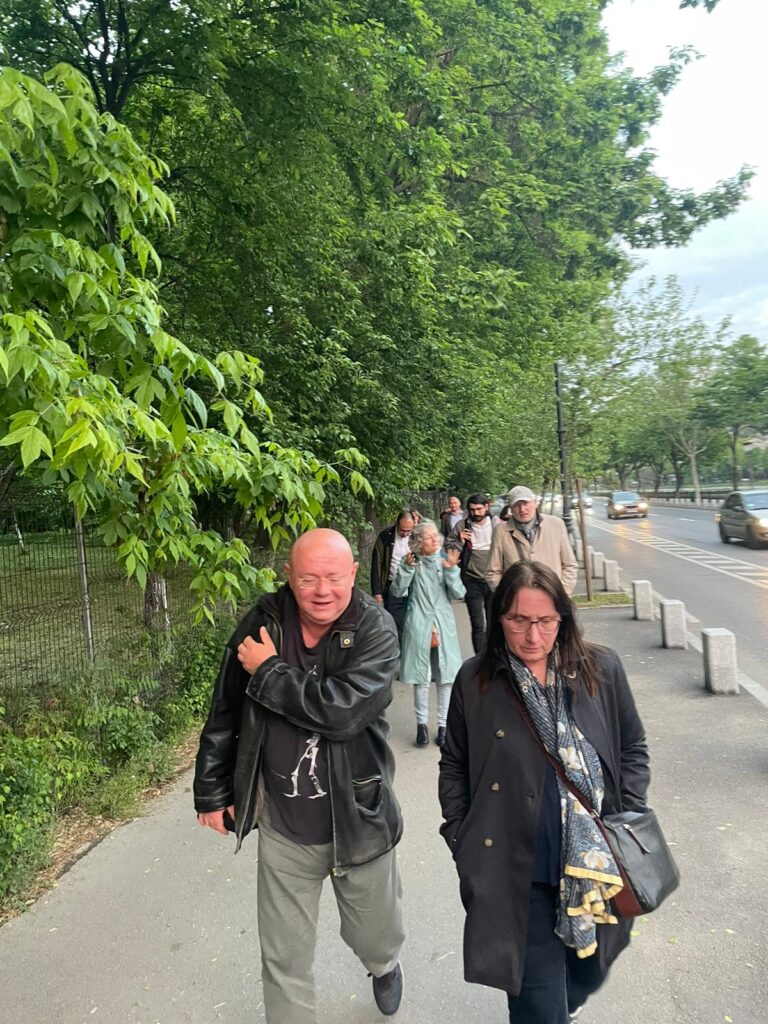
References
Alves, P.M.S. 2021: Fritz London and the measurement problem: a phenomenological approach.Continental Philosophy Review 54: 453-481
Bacon, Francis. 2000. A Critical Edition of the Major Works, edited by Brian Vickers. Oxford: Oxford University Press.
Borrelli, A. 2023. Aristotelianism, chymistry and mechanics in early seventeenth-century Europe. The techno-magical approach. In Verardi, D. Ed. Aristotelianism and Magic in Early Modern Europe: Philosophers, Experimenters and Wonderworkers, pp. 105–44. Bloomsbury Academic.
Beck, U. 2006. Cosmopolitan Vision. Cambridge: Polity Press.
Böschen, S., Hahn, J., Krings, B.-J., Scherz, C., Sumpf, P. 2020. ‘Globale Technikfolgenabschätzung’? Konvergenzen und Divergenzen kosmopolitischer Wissenschaftsdynamiken. In: Soziale Welt, Sonderband 24, p. 332-365.
Chun, W. H. K- 2021. Discriminating data: Correlation, neighborhoods, and the new politics of recognition. Cambridge, MA: MIT Press.
Dumitru, M. (Ed.). 2020. Metaphysics, meaning and modality: Themes from the work of Kit Fine. Oxford: Oxford University Press.
Graham, L. R. 1987. Science, philosophy, and human behaviour in the Soviet Union. New York: Columbia University Press.
Hernández-Orallo, J. 2017. The Measure of All Minds: Evaluating Natural and Artificial Intelligence. Cambridge: Cambridge University Press.
Keller, V. A. 2011. How to Become a Seventeenth-Century Natural Philosopher: The Case of Cornelis Drebbel (1572–1633). In Dupré, S., lüthy, C. Silent Messengers: The Circulation of Material Objects of Knowledge in the Early Modern Low Countries, pp. 125–52. LIT Verlag.
Lewis, D. 1973. Counterfactuals. Oxford: Blackwell.
London, F., Bauer, E. 1939. La théorie de l’observation en méchanique quantique. Hermann Éditeurs.
Nishida, K. 1992 [1970]. An inquiry into the Good. Trans by Abe, M. and Ives, C. New Haven, CT: Yale University Press.
Nishida, K. 1970. Fundamental Problems of Philosophy:The world of Action and the Dialectical World. Tokyo: Sophia University.
Nonaka, I., Konno, N. 1998. The concept of “Ba“: Building a foundation for knowledge creation. California Management Review 40(3): 40- 54
Oppenheim, P. 1957. Dimensions of knowledge. Revue Internationale de Philosophie 40(2): 151-191.
Pantsar, M. 2023. Developing Artificial Human-Like Arithmetical Intelligence (and Why). Minds and Machines. https://doi.org/10.1007/s11023-023-09636-y
Pârvu, I., Sandu, G., Toader, I.D. Eds. 2015. Romanian studies in the philosophy of science. Cham: Springer.
Pearl, J., McKenzie, D. 2018. The book of why. The new science of cause and effect. London: Penguin Books.
Sainsbury, R.M. 2005. Reference without referents. Oxford: Oxford University Press.
Shimizu, H. 1995. Ba-Principle: New Logic for the Real-time Emergence of Information. Holonics, 5(1): 67-69.
Wright, G. H. von. 1976. Causality and determinism. New York: Columbia University Press.
On Aryeh Ludwig Strauss: a German-Hebrew poet from Aachen
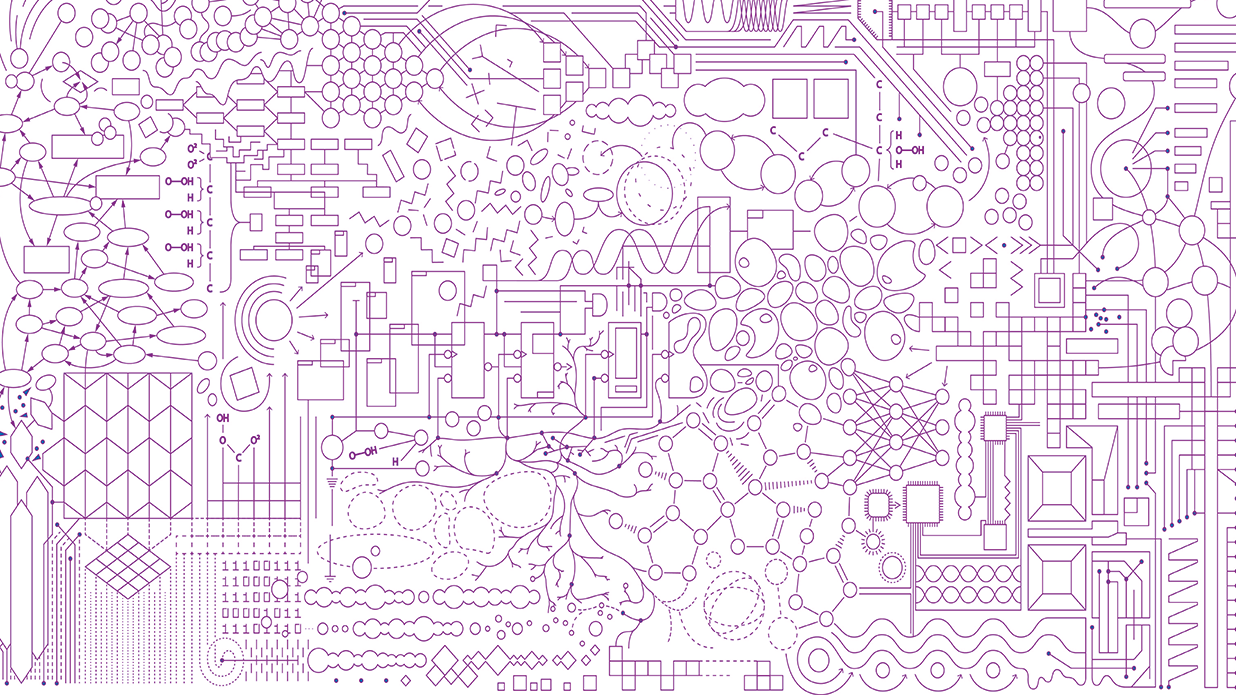
RUTH LORAND

Aryeh Ludwig Strauss (1892–1953) was a German-Hebrew Poet, literary critic and researcher. He was born in Aachen, fought in WWI, worked as a dramaturg in Düsseldorf, studied in Johann Wolfgang Goethe Universität, Frankfurt am Main, and habilitated in Aachen with a study of Hölderlin’s Hyperion (1929). He taught in Aachen as Privatdozent. In April 1933 the ministry of science, art and education in Berlin ordered the rector of the University of Aachen, to dismiss all Jewish professors including Dr. Strauss.
The Strauss family, Ludwig, his wife Eva (Martin Buber’s daughter), and their boys, Immanuel and Michael, lived in Weberstr. 31, Aachen, until Ludwig’s position was terminated. The family left Germany (1935) and immigrated to Palestine, which later became the state of Israel (1948). Ludwig joined Kibbutz Hazorea in which he worked in the fields and made his first steps as a Hebrew poet.

Ruth Lorand
Ruth Lorand is professor emeritus of philosophy and aesthetics at the Department of Philosophy at the University of Haifa. She is an expert in the philosophy of concept forming. Her magnus opus Aesthetic Order. A Philosophy of Order, Beauty and Art was published in 2000 at Routledge after a decade of thorough writing and rewriting. In the preface to this monograph she confessed that Prof. Michael Strauss had inspired her to focus on aesthetic order, “an unpredictable, lawless order”, she said. In other words, a difficult subject worth a decade of exploration to turn into a comprehensive theory.
Prof. Ruth Lorand visited the Käte Hamburger Kolleg “Cultures of Research” in March and April 2023 together with her husband Prof. Giora Hon, professor emeritus of philosophy of science and epistemology at the Department of Philosophy at the University of Haifa. We are very grateful for her visit, her contributions and her blog article about Aryeh Ludwig Strauss, and we hope she will return to Aachen next year for a workshop on concept formation.
Find more information at Ruth Lorand’s academic website.
Later, the family moved to the youth village Ben Shemen where Ludwig taught literature for two years. Jerusalem became afterwards their permanent home and there, at the Hebrew University, A. L. Strauss was among the founders of the Comparative Literary Department. He served as a chair until he got ill; he was replaced by another celebrated Hebrew poet, Leah Goldberg.
My first encounter with the literary work of A. L. Strauss was about 17 years after his passing at the age of 60. In my first year as a student of Hebrew Literature at the University of Haifa I found his name in the required reading list: Studies in Literature by A. L. Straus. It was a most inspiring collection of essays in which I read for the first time a literary analysis of some chapters in Psalm, side by side with an analysis of Goethe’s Faust and Racine’s Phèdre. The introduction to these essays revealed the sad fact, that it was edited and published after the death of the author. The editor was his close friend and a Hebrew poet of German origin as well, Tuvia Rübner, who also edited (together with Hans Otto Horch) Strauss’ Gesammelte Werke (four volumes) and translated to Hebrew some of his poems. Although this was a required reading, it was gratifying due to its clarity and the enlightening observations it offered. In many ways it was an eye opener. From there I went on to reading his Hebrew poems which were not close in content to my world as a young Israeli, but their melody and rhythm reminded me of some Psalm chapters I knew by heart.

It was in my second year at the university, when I took Philosophy as a second subject, that I found another connection to A. L. Strauss. My most beloved and influential philosophy teacher was, as I found out later, the son of the author of my first year compulsory reading. Michael Strauss, whom everybody called Micha, was born in Aachen (1931) and immigrated to Israel with his parents and older brother, Immanuel. Micha was admired by the students who packed his classes on “Modern Philosophy: from Descartes to Kant” and his seminars, “Spinoza’s Ethics”, “Theories of Values”, and a few more. When I began my academic career as a Teaching Assistant in the same Philosophy Department, Micha became my friend and colleague, although it took me a while to address him as Micha and not as Dr. Strauss. We had long and inspiring conversations on literature and philosophy. He hardly mentioned that his father was a known poet and scholar in Germany nor did he ever refer to the fact that the family had been forced to leave Aachen. That Micha was the grandson of the renowned scholar, Martin Buber, was not an issue to be discussed, as the grandson’s philosophical interest was much different from that of his grandfather. However, Micha’s interest in poetry and literary prose was clearly inspired by his father; celebrated poets and philosophers of that time in Israel, were friends of Micha’s family.

Micha was 22 when he lost his father, and it was quite clear that his soul longed for him and that the connection between them was more than a father-son relation. Micha admired poets and his father among them, but never attempted to write poetry himself. He was a philosopher of the old school, much influenced by the German tradition, who did not publish enough by academic standard, but was endlessly occupied with philosophical issues. His study’s walls were covered with notes written on small pieces of paper. Did he follow his father with this mode of reflection? I don’t know. In the introduction to A. L. Strauss’ collection of papers the editor, Rivner, wrote that the author left mostly scattered drafts, notes, and only a few completed papers. For both, father and son, so it seems, the very act of thinking, reflecting and forming ideas was more important than having them in print. Both father and son were praised as unique and inspiring teachers. I have no first-hand experience with the father’s teaching, but I know that the son, Micha, was my best philosophy teacher and is still today a source of inspiration. By now, both are gone.
In my recent sojourn in Aachen, the birth place of Strauss the poet and Strauss the philosopher, I was curious about their lives in the early 1930s. With the kind and efficient help of the RWTH Archive’s team I found documents related to A. L. Strauss. I was particularly amazed to read a detailed exchange between the ministry of science, art and education in Berlin and the Rector of the Technische Hochschule in Aachen concerning the immediate dismissal of all listed Jewish teachers. A letter sent by the student organization (ASTA) to Berlin declared that German Literature should not be trusted in the hands of teachers who are not of a genuine German origin. Such teachers, so the letter goes, may implant in the students a non-German spirit.
Walking the streets of Aachen in the vicinity of Weberstr. 31, I wondered about the flimsy turns of history. I was thinking about what good literature and philosophy do; how my own life was so deeply influenced by these two Strauss from Aachen.
References
Strauß, Ludwig. 2002. Gesammelte Werke. In 4 Volumes. Eds. Tuvia Rübner and Hans Otto Horch. Göttingen: Wallstein. (Veröffentlichungen der Deutschen Akademie für Sprache und Dichtung Darmstadt. 73) ISBN 3-89244-198-7
Circulating the STS Hub 2023

STEFAN JOHN
How is STS, as a scholarly discipline, practised in Germany? Which are the approaches to STS here? How do these relate to each other and which topics stimulate joint interdisciplinary and integrated STS research? Which institutions and actors participate in German STS research communities? The new STS-Hub conference series, hosted for the first time by RWTH Aachen University on March 15th-17th 2023 tackled these questions. This event is the result of several years of talks, organization and planning led by, amon others, c:o/re director Stefan Böschen and Ingmar Lippert, whom we cordially welcomed as a short-term c:o/re fellow. The STS Hub is envisioned to move between established and emerging places for STS in Germany and to have a bi-yearly rhythm in-between the EASST Conferences. Financially, the event was institutionally assisted and sponsored by the BMBF, HumTec, c:o/re and several STS networks and clubs such as stsing, INSIST, the science and technology research section at the DGS and the politics, science and technology working group at DVPW.
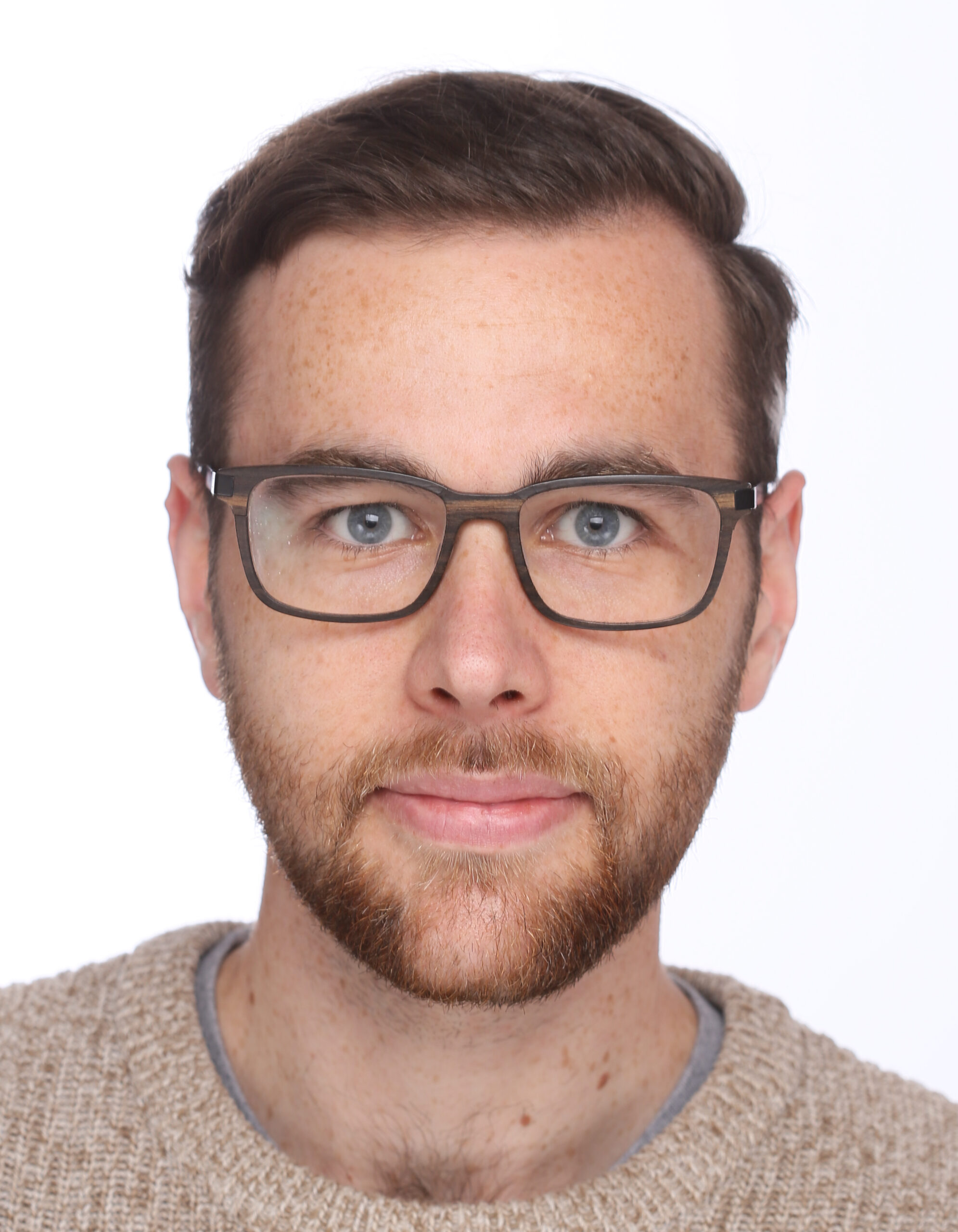
Stefan John
Stefan John is a PhD researcher with the Living Labs Incubator (LLI) located at the Human Technology Center within RWTH Aachen University. His academic work focuses on (power) structures in Living Labs and the modes and understanding of experimentation of (knowledge) infrastructures in contemporary knowledge societies. He is also responsible with supporting the networking and research of LLI. Also, he is currently supporting the c:o/re events team.
Taking all possible roles as part of the local organizing team, panel organizer and panelist, I take the pleasure to briefly convey my experience of the conference and its theme, with a focus on the very insightful keynotes by Ulrike Felt and Susann Wagenknecht.
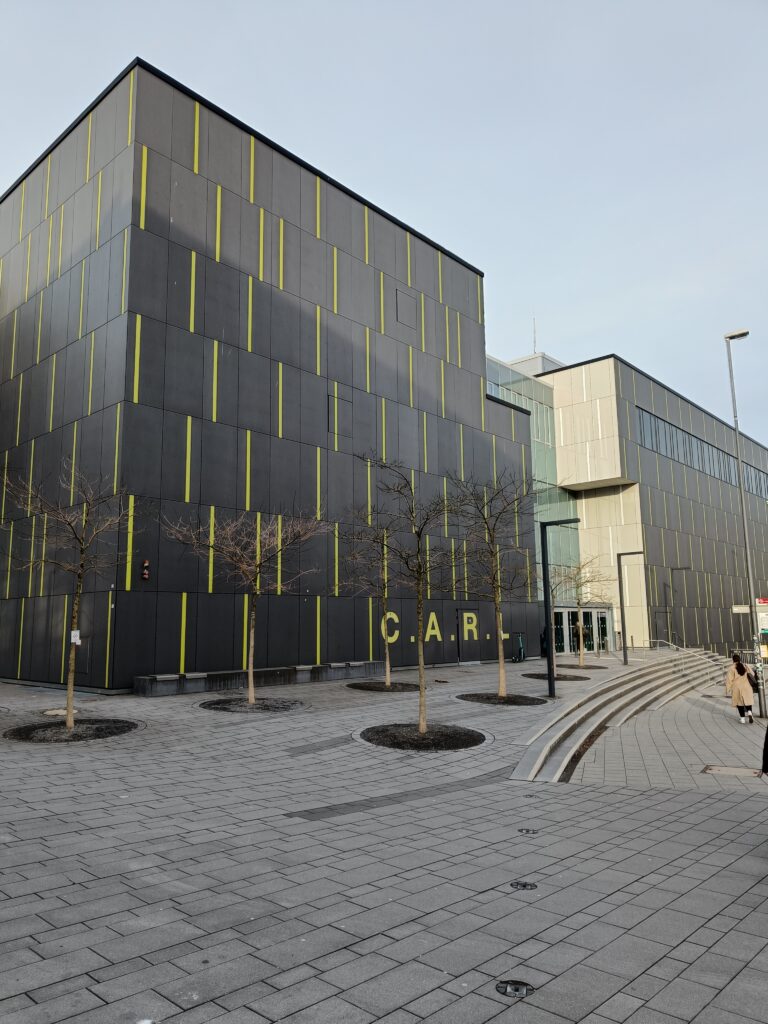
RWTH Aachen offered the Central Auditorium for Research and Learning (C.A.R.L.) as the main venue for the STS Hub.
Before starting the conference and welcoming all guests, INSIST took the chance to make an early career researcher barcamp, discussing the specific needs and problems of this status group and bringing them together. The barcamp format enabled the organisers to allow topics to emerge from direct inputs. To set off, Stefan Böschen and Torsten Voigt, the Dean of the Faculty of Philosophy, took the stage and warmly welcomed the over-300 participants. Following Ingmar Lippert’s short overview of the idea of the STS Hub and its history, STS activities being undertaken at RWTH Aachen were presented in all their varied nuances. Different institutes, chairs and projects, such as the chair of Sociology of Technology and Organization (STO), the chair for Personnel and Organizational Psychology, the Computational Science Studies Lab (CSS), led by Gabriele Gramelsberger, the Human Technology Center, the embedded STS work at the WIRKsam project led by Andrea Altepost and, last but not least, the Faculty of Arts and Humanities, as a whole.

After a short break the first of six session blocks started, each lasting for two hours. A broad variety of topics were discussed in over 65 panels. These stretched from experimental democracy and political views to science and technology, to topic driven panels, e.g. on waste and software studies. The event also comprised experimental formats, such as fishbowl discussions and walkshops, and interdisciplinary topics to foster the circulation of STS ideas with other fields like art and educational studies. Discussions tended to relate, to various degrees, to an interest on the circulation of either knowledge, methods or topics. The theme of circulation is at the very heart of STS research, as particularly evidenced by topics such as the production and utilization of knowledge and expertise, import and dissemination of new technologies and innovation models, e.g. the Zimbabwe Bush Pump or the MIT model of innovation. Circulation stands in proximity to other familiar STS concepts such as infrastructure, translation and power. The Covid-19 pandemic gave prime examples of the circulation of a virus, (un)scientific knowledge, policies and infrastructures in all their contingencies. This virality is entangled with a set of political and normative groundworks, conference program explains that “circulations are never innocent – they can come at high costs for some while benefitting others. Costs and profits often emerge from the intertwinement of different systems of circulation. The circulation of socioeconomic value is contingent on the material circulation of waste in oceans as well as knowledge about their contamination. To circulate or not to circulate evokes questions of solidarity and of violence. Is there a responsibility of STS to resist, disrupt, or prevent some forms of circulation? Which circulations do we care for maintaining?” Another salient theme that emerged from the several panels is that of testing, which involves considerations on experimenting and infrastructures. The keynotes also pondered on this matter.
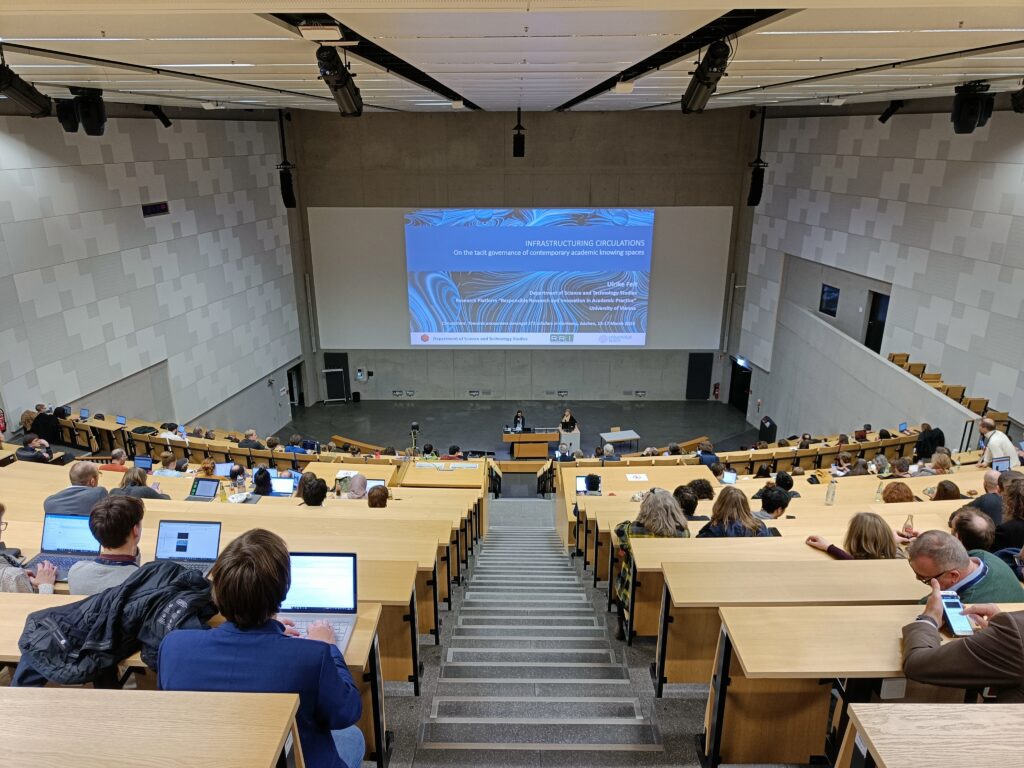
The first keynote, by Ulrike Felt, took a reflexive stance towards the tacit governance of contemporary academic knowing spaces. In her talk, “Infrastructuring Circulations”, she noted two coexisting logics at work in academic environments, namely “a deeply rooted logic of circulation” that encounters an increasing presence of a “logic of infrastructuring”. Reinforcing each other and creating friction (Tsing 2005), they create unique and specific arrangements of research cultures and power. The first conference day ended with a reception for more informal circulations.
Another, this time Latourian, take on circulation was presented by Susann Wagenknecht. Closely dissecting leakages in circulation allows for analysis of the transformation, materiality and morality of circulation. Wagenknecht illustrated this through examples of circular economies and handling of leaks.
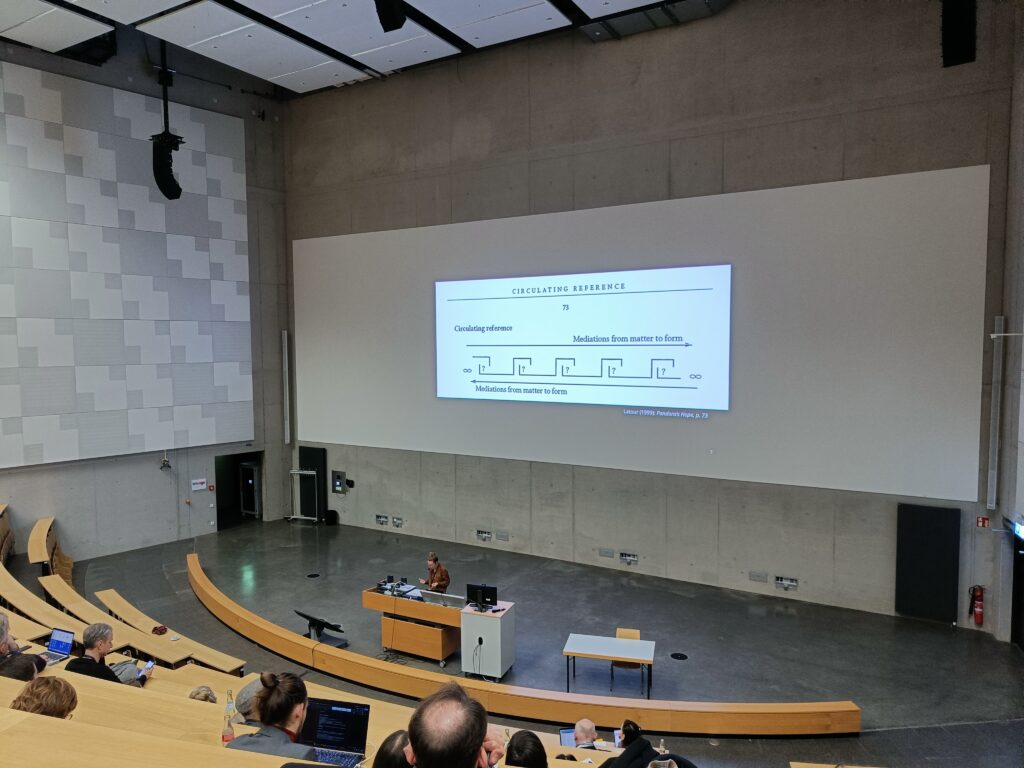
Additionally to discussions on content, the STS Hub also served as a platform to talk about the current state of academia. In the Open Forum #WeDoSTS, Fanny Oehme as Ombudsman, Dr. Claudia Gertraud Schwarz-Plaschg and Dr. Daniel Müller were invited to give accounts on power within STS and the academic system as a whole. As activists against discrimination in general and, more specifically, sexism and abuse of power, they presented the prevalent problems, ways to address them and networks to aid in these situations. After this panel, to open up the debate and offer specific insights, small group discussions were offered by the experts.
The first STS Hub offered an excellent platform for discussion and exchange across hierarchies, new ways of portraying topics in STS through experimental panel formats and an overall welcoming atmosphere for academic collaboration. I would like to wholeheartedly thank Stefan Böschen, Ingmar Lippert and Mareike Smolka for making this Hub possible. We are looking forward to the next one!
For more information and detailed insights on the STS Hub, kindly see the review by Smolka et. al (2023).
Acknowledgements
STS-hub.de 2023 was made possible with the institutional and financial support of Bundesministerium für Bildung und Forschung, stsing – Doing STS in and through Germany, GWTF – Gesellschaft für Wissenschafts- und Technikforschung e.V., INSIST – Interdisciplinary Network for Studies Investigating Science and Technology, Sektion Wissenschafts- und Technikforschung der Deutschen Gesellschaft für Soziologie, Arbeitskreis Politik, Wissenschaft und Technik der Deutschen Vereinigung für Politikwissenschaft, Human Technology Center at RWTH Aachen University, Käte Hamburger Kolleg Aachen Cultures of Research, and RWTH Aachen University. Further support was provided by Kommission Wissenschaftsforschung der Deutschen Gesellschaft für Erziehungswissenschaften, the professorship for Wissenschafts- und Techniksoziologie at TU Dortmund, and the Team Innovativ Beratung UG.
References
Smolka, M., Braun, M., Gruebel, C., Neudert P., Rentrop, C., Wiedemann, L. Being, doing, and using STS in Germany? Reflections on identity questions, normative commitments, and conceptual work after STS-hub.de 2023. EASST Review 42(1).
Tsing, A. L. 2005. Friction: An Ethnography of Global Connection. New Jersey: Princeton University Press.

